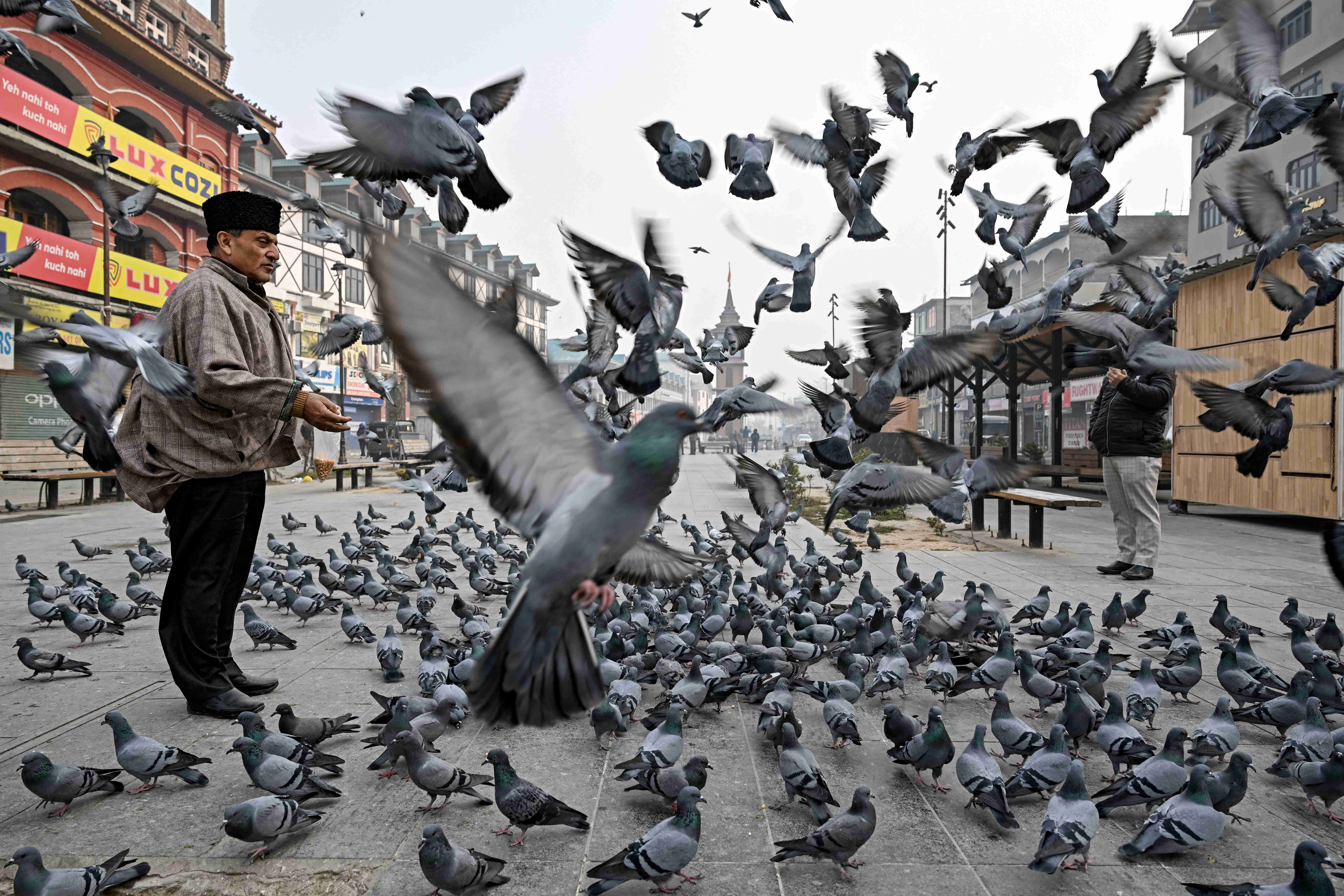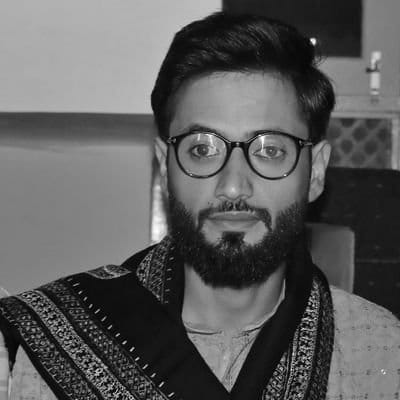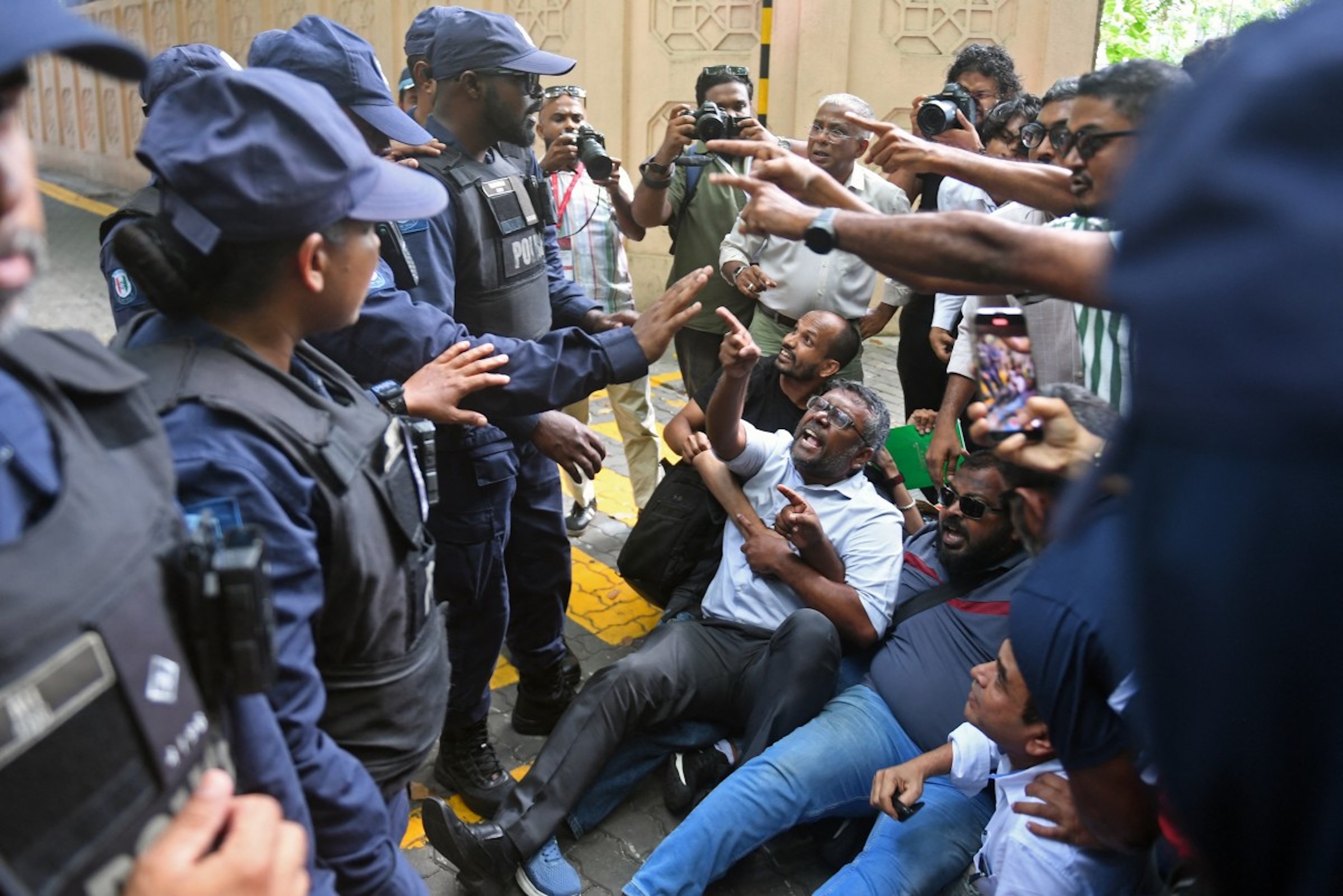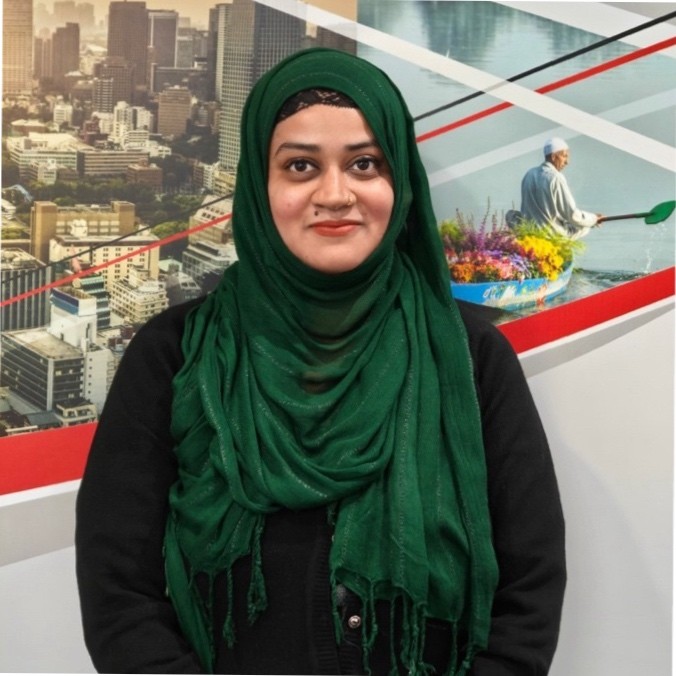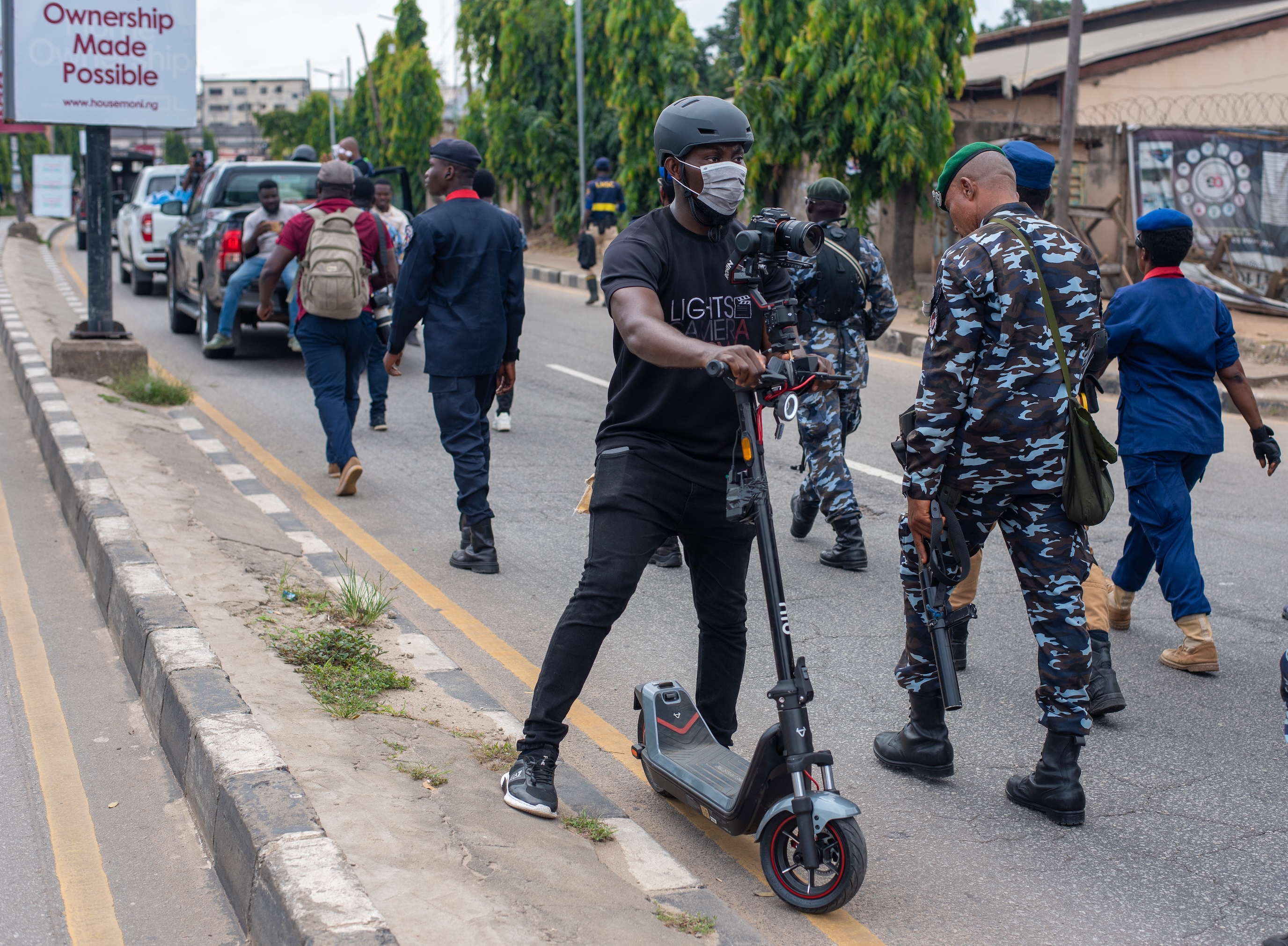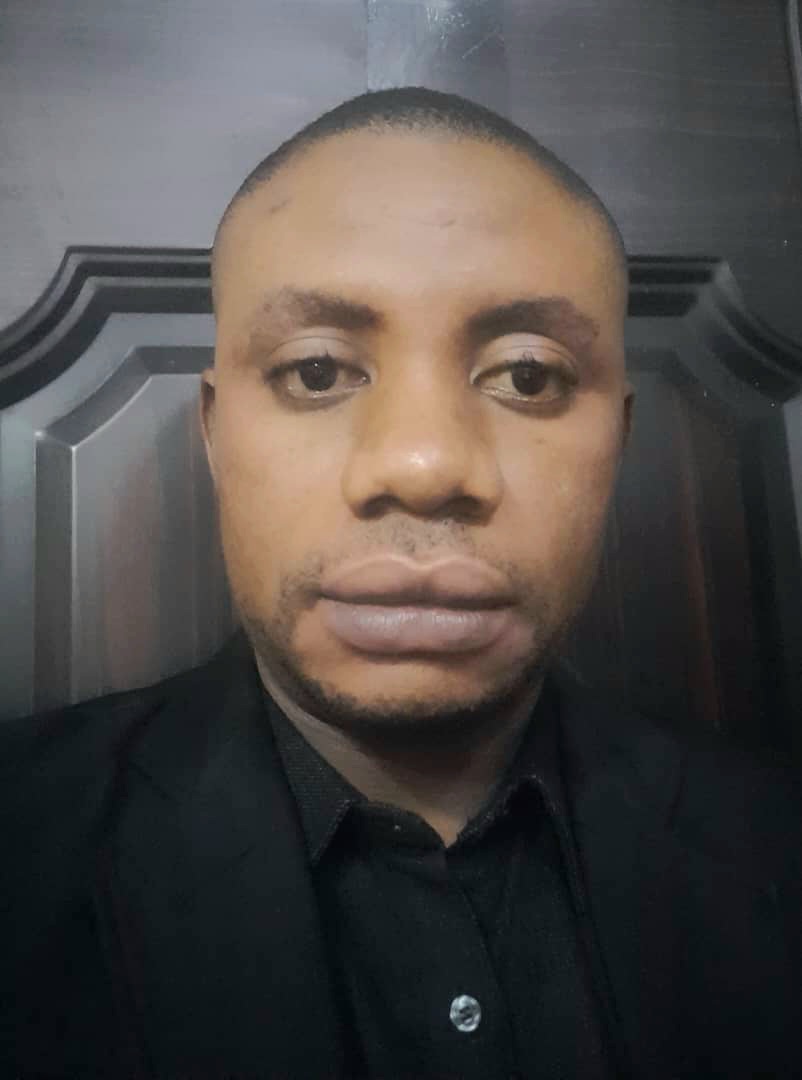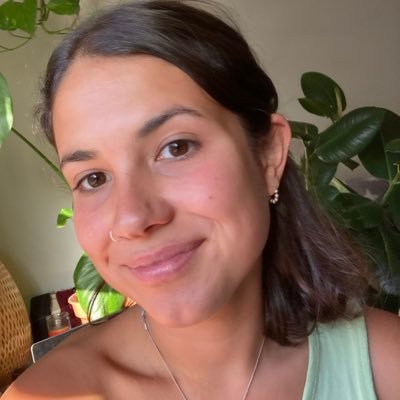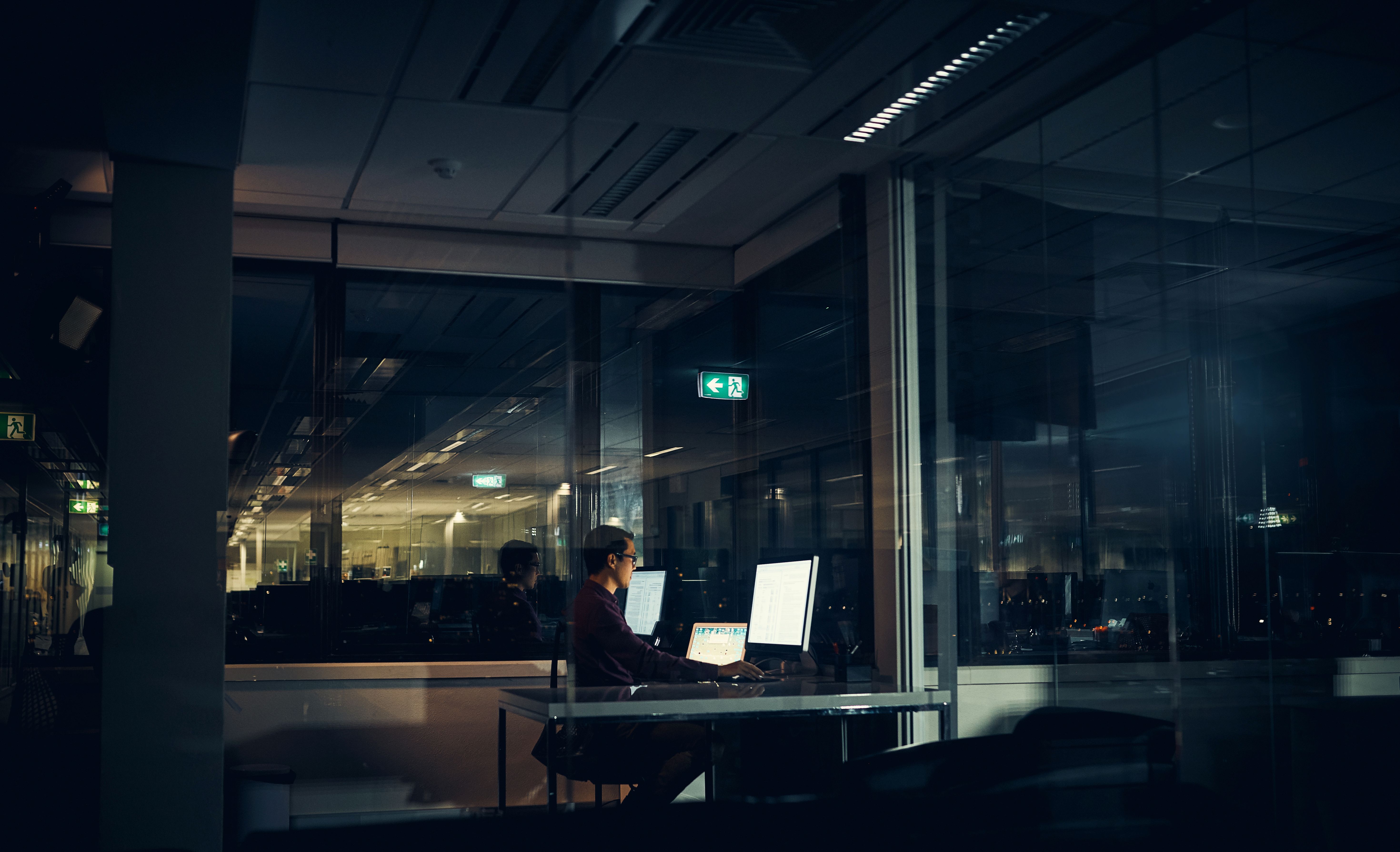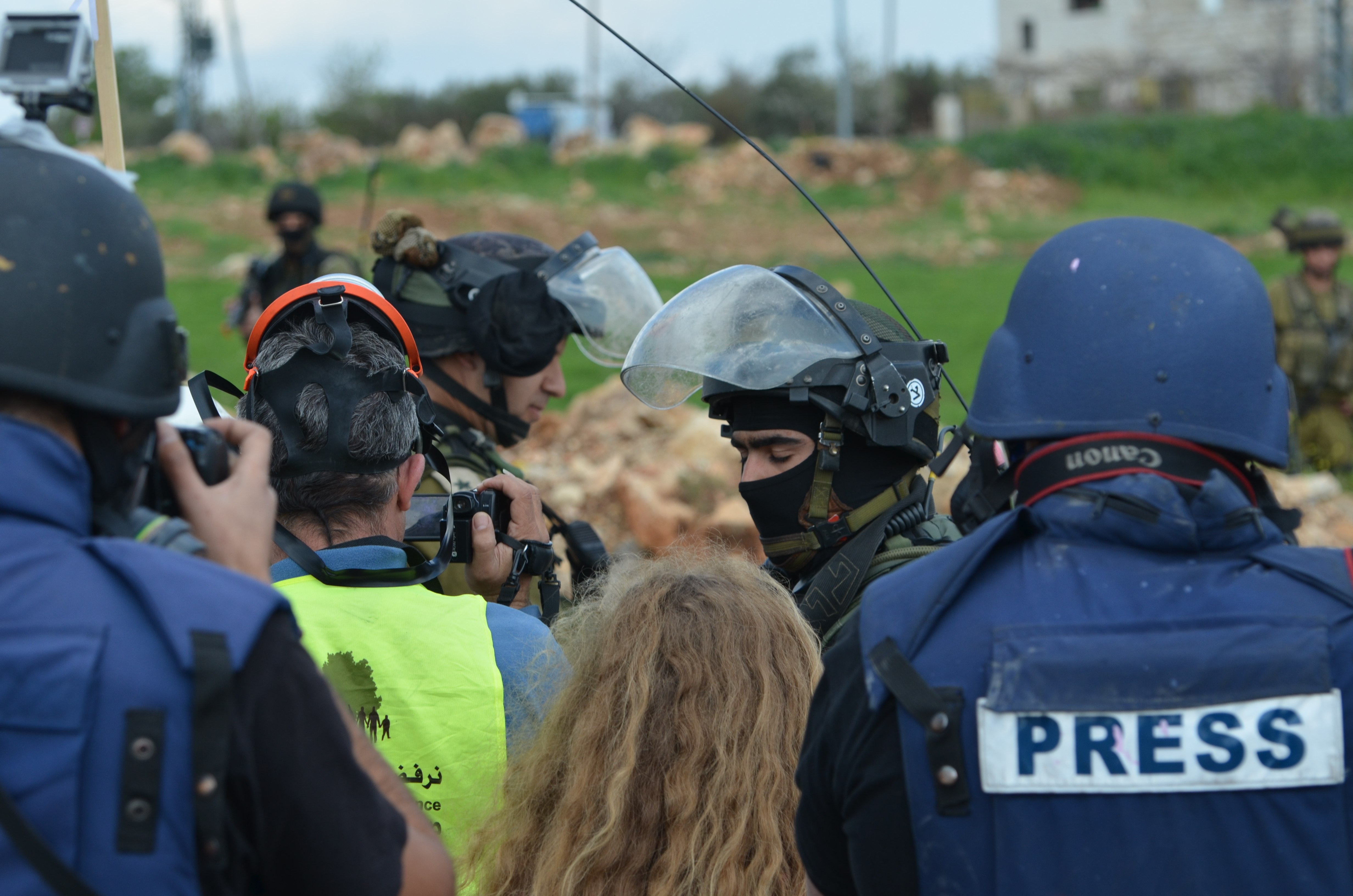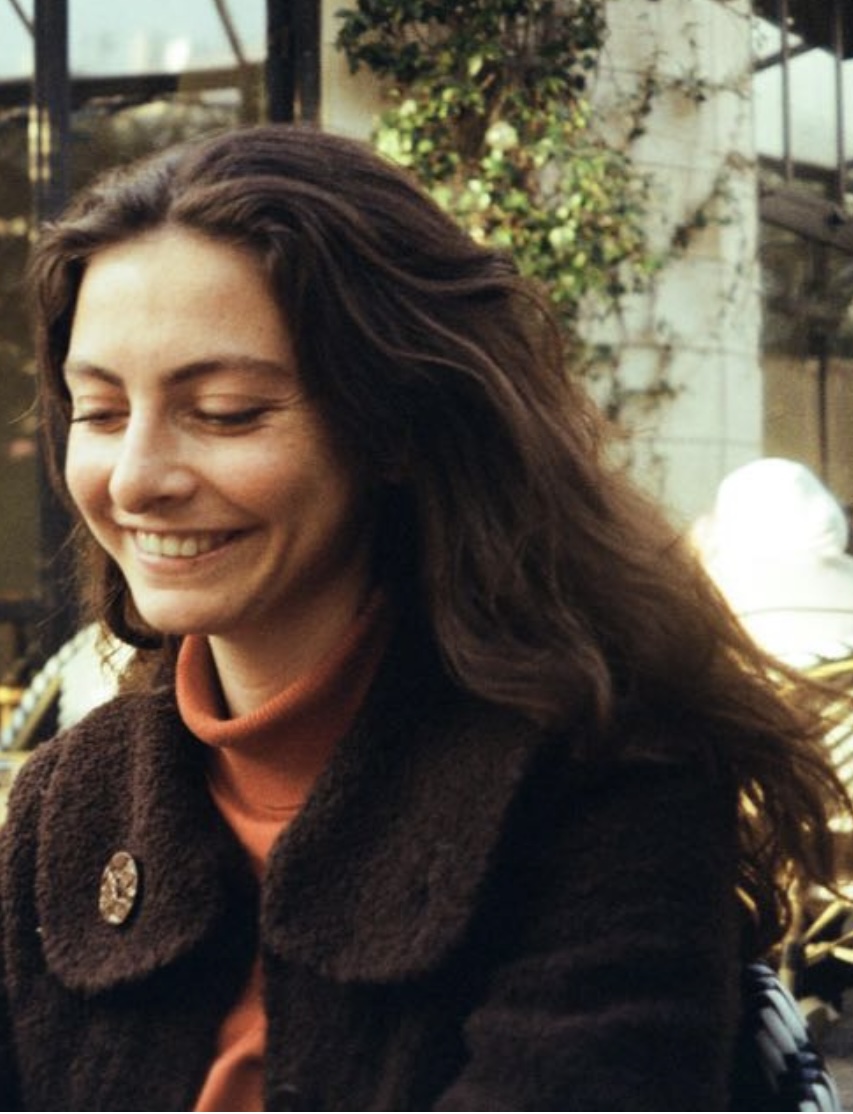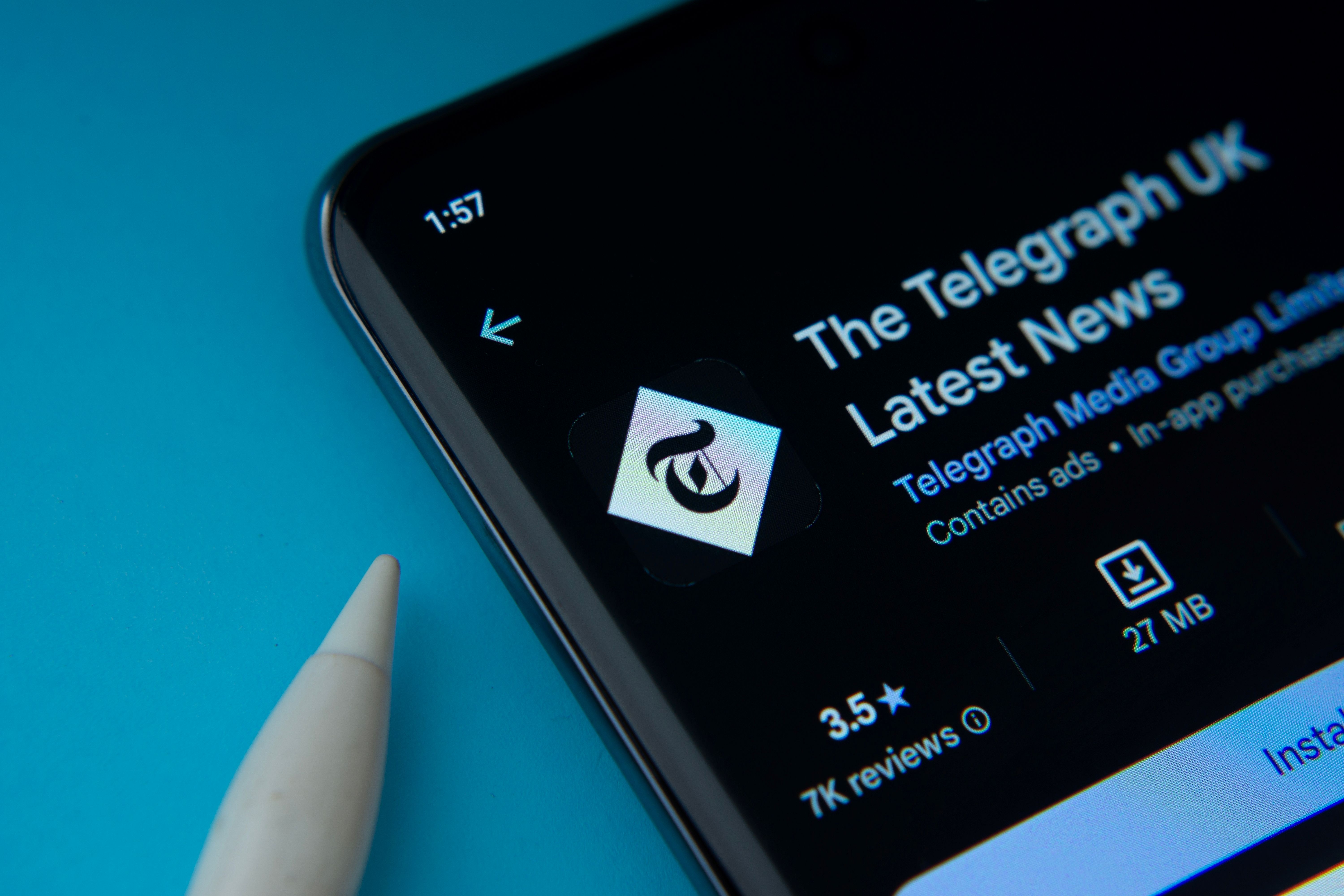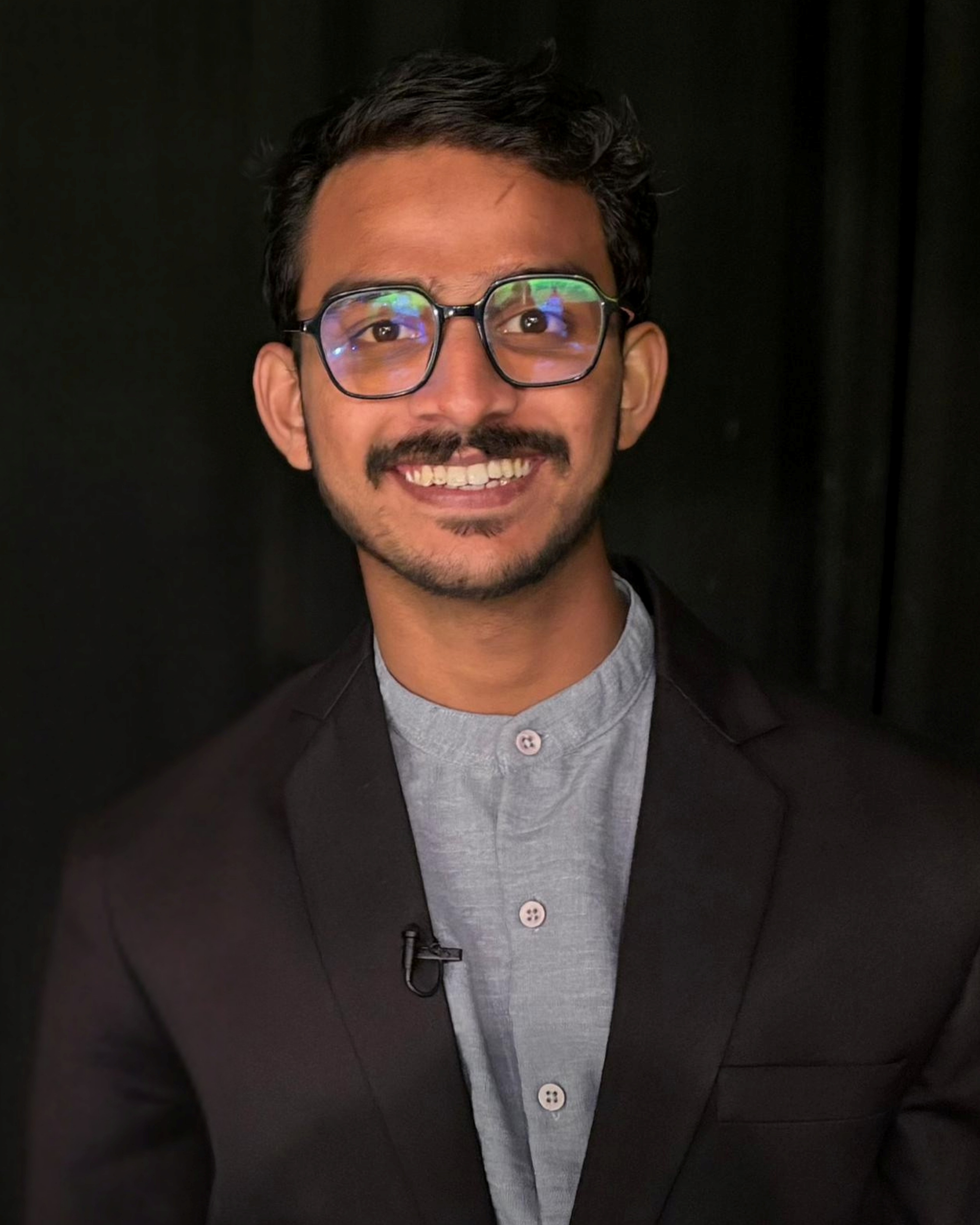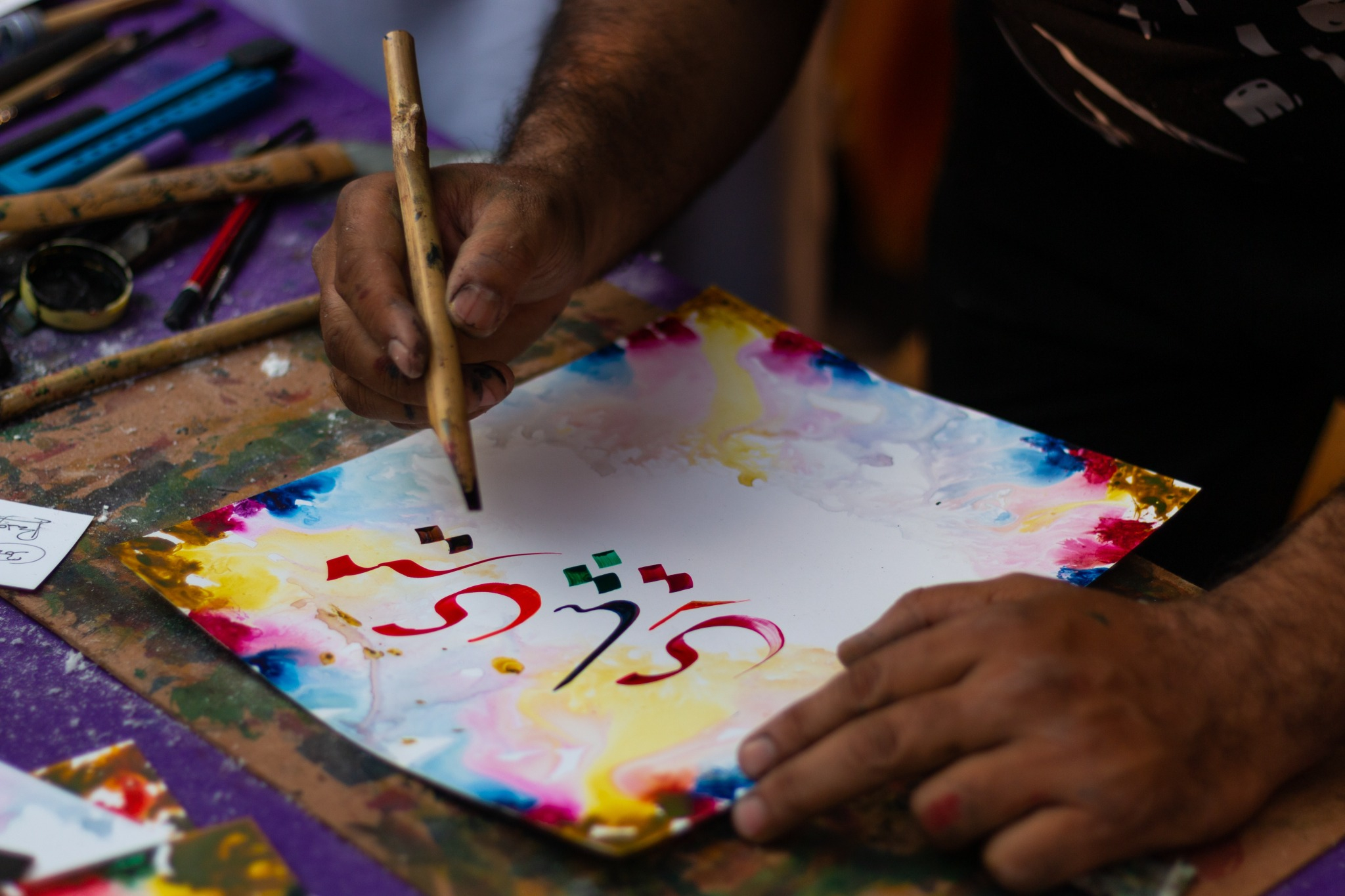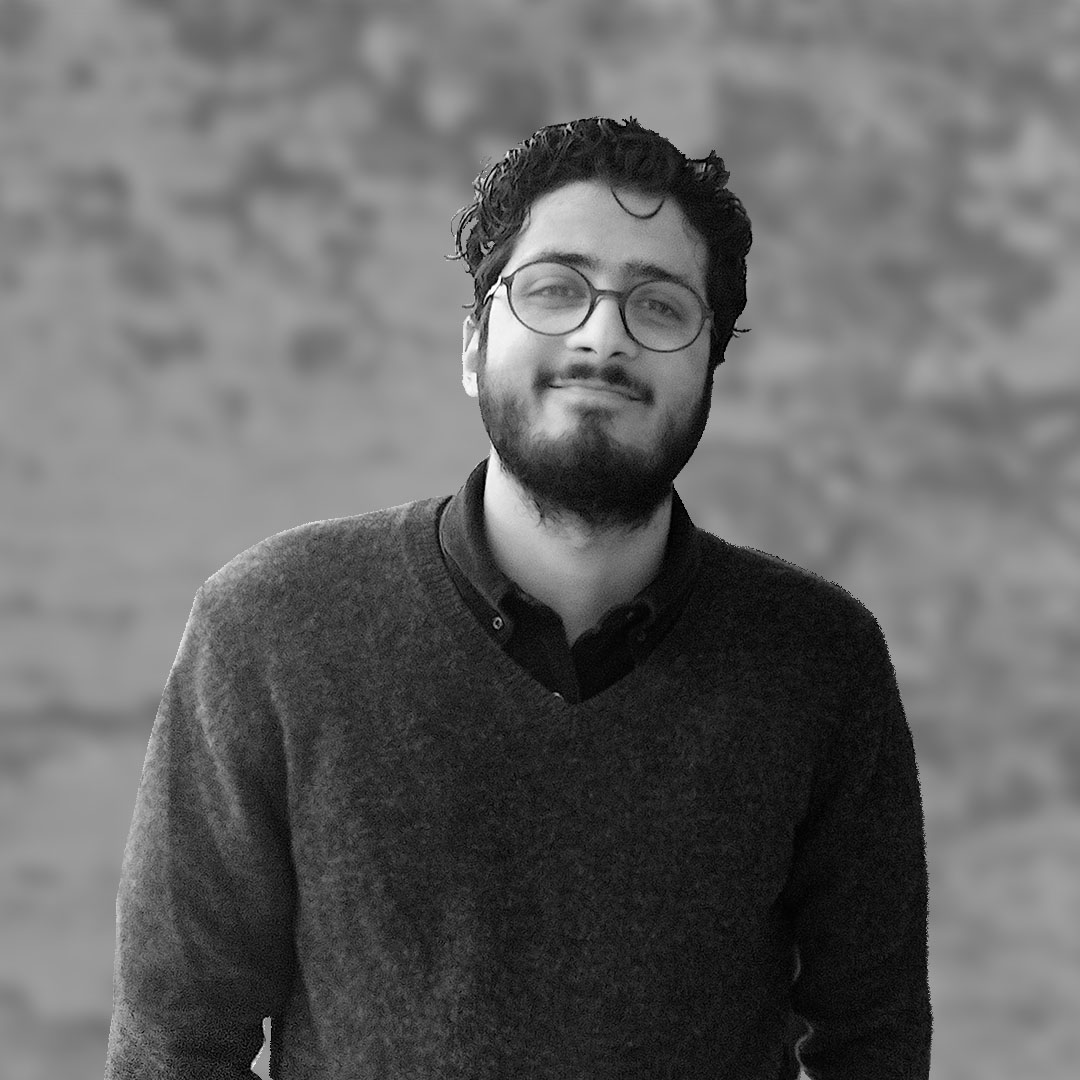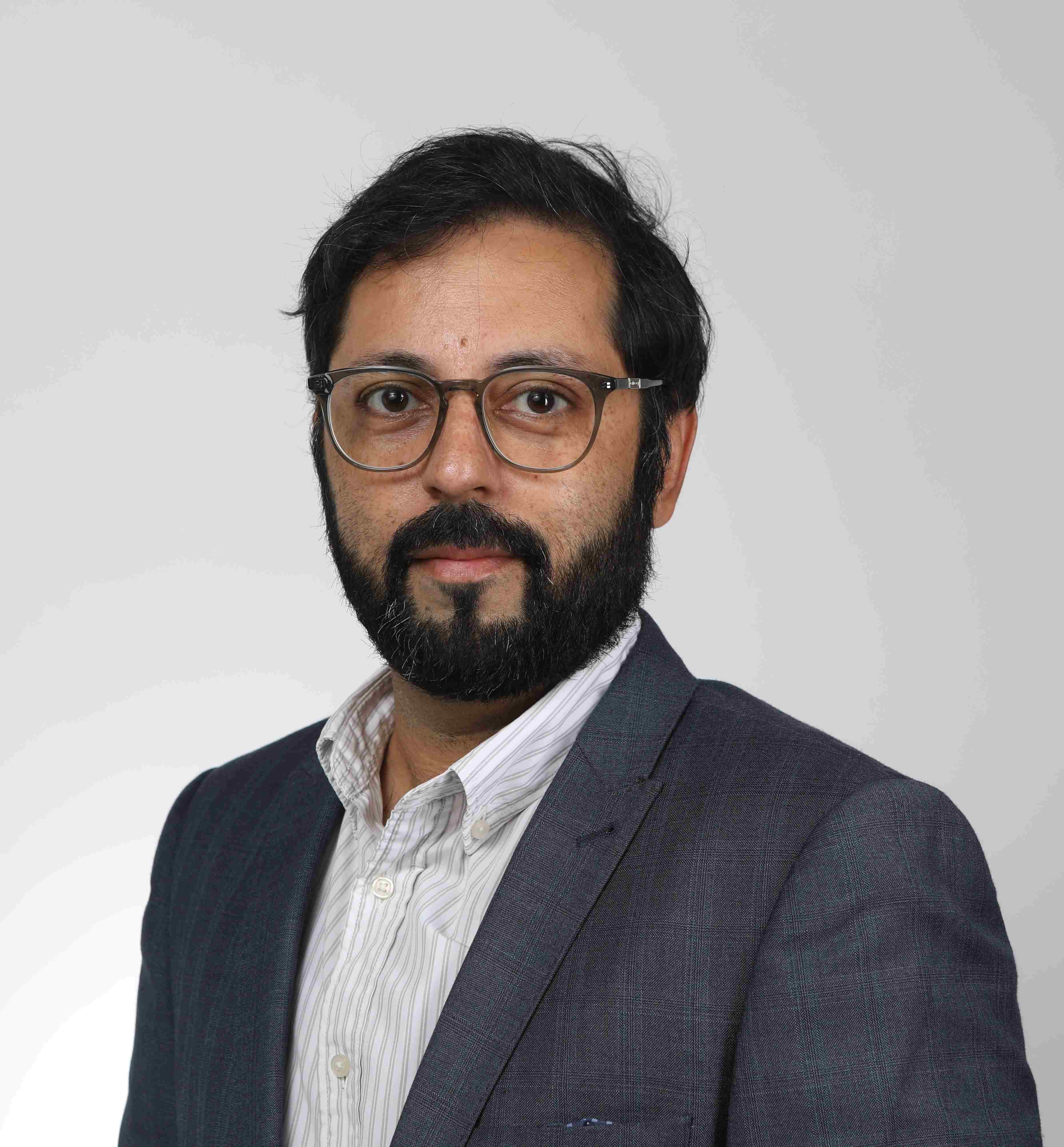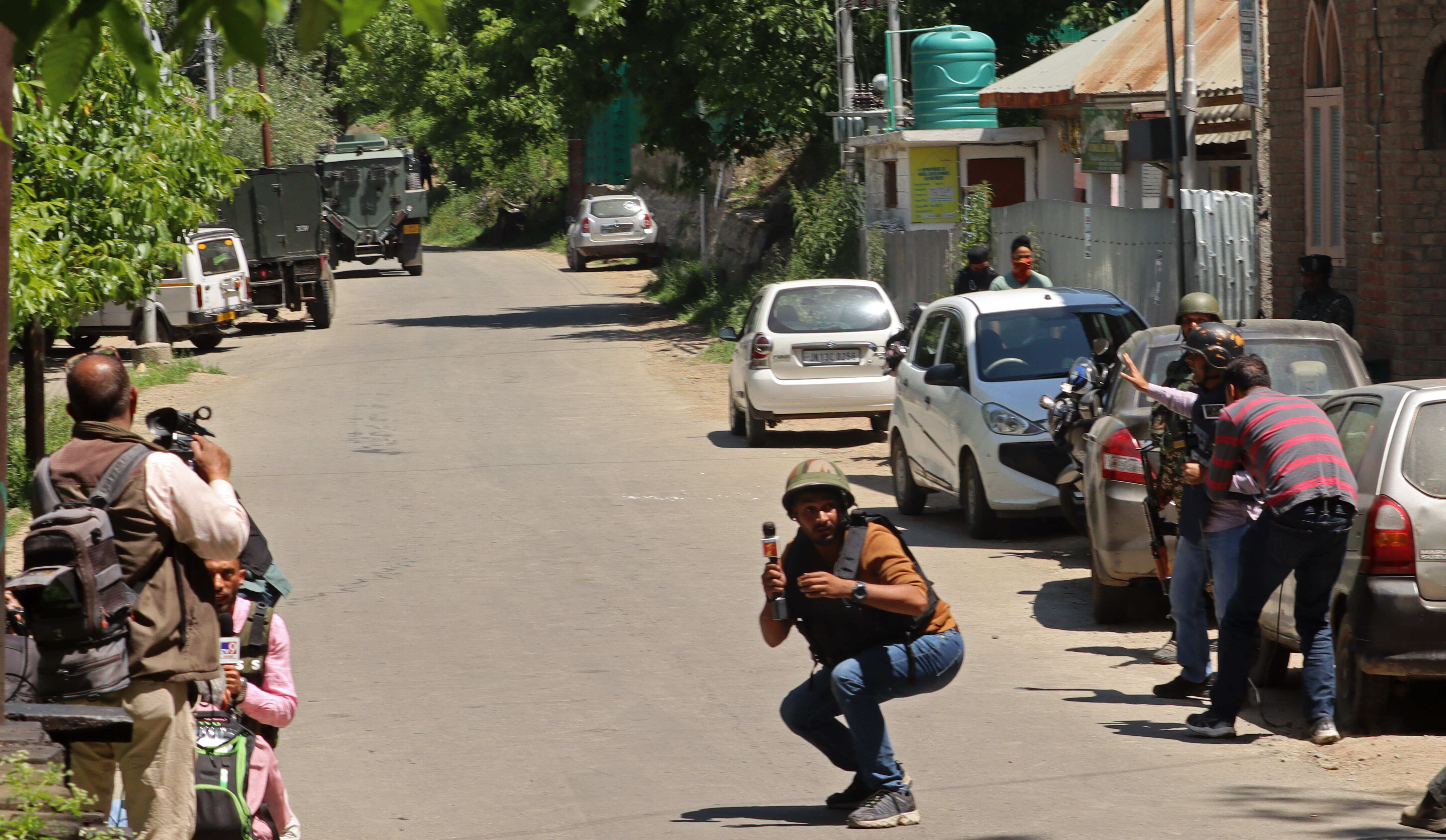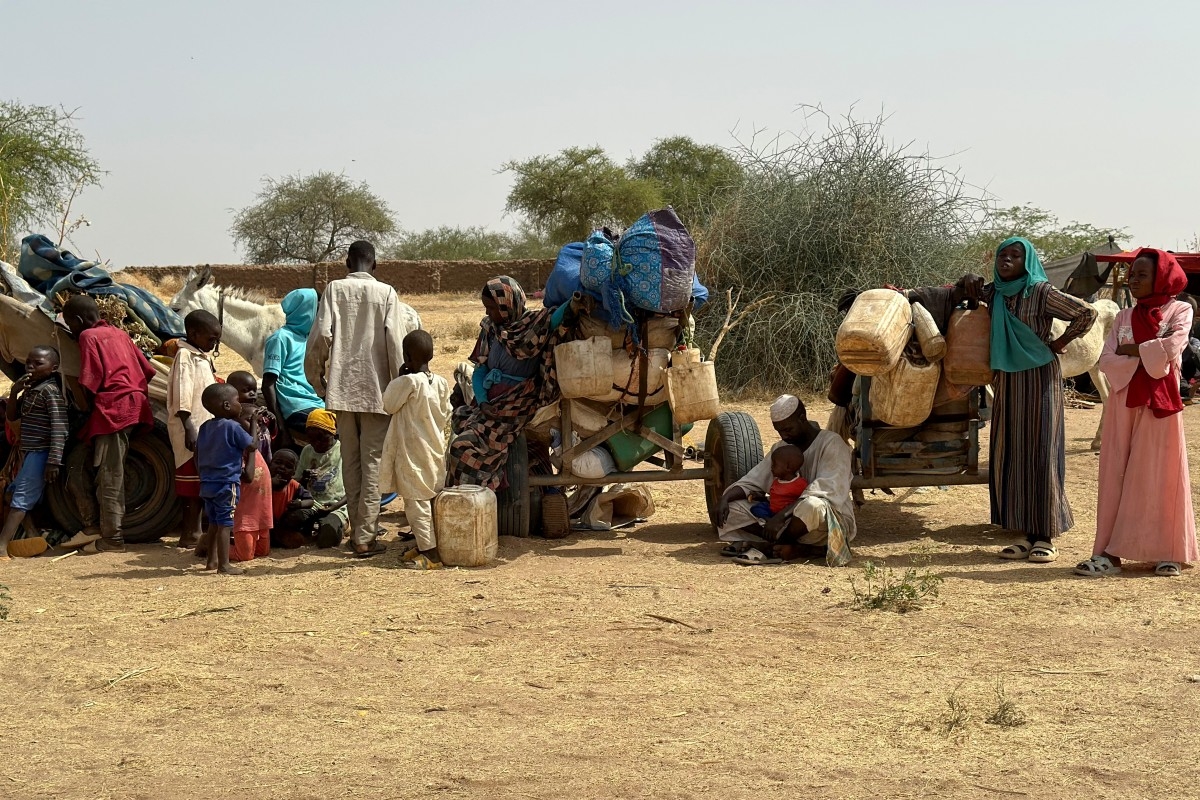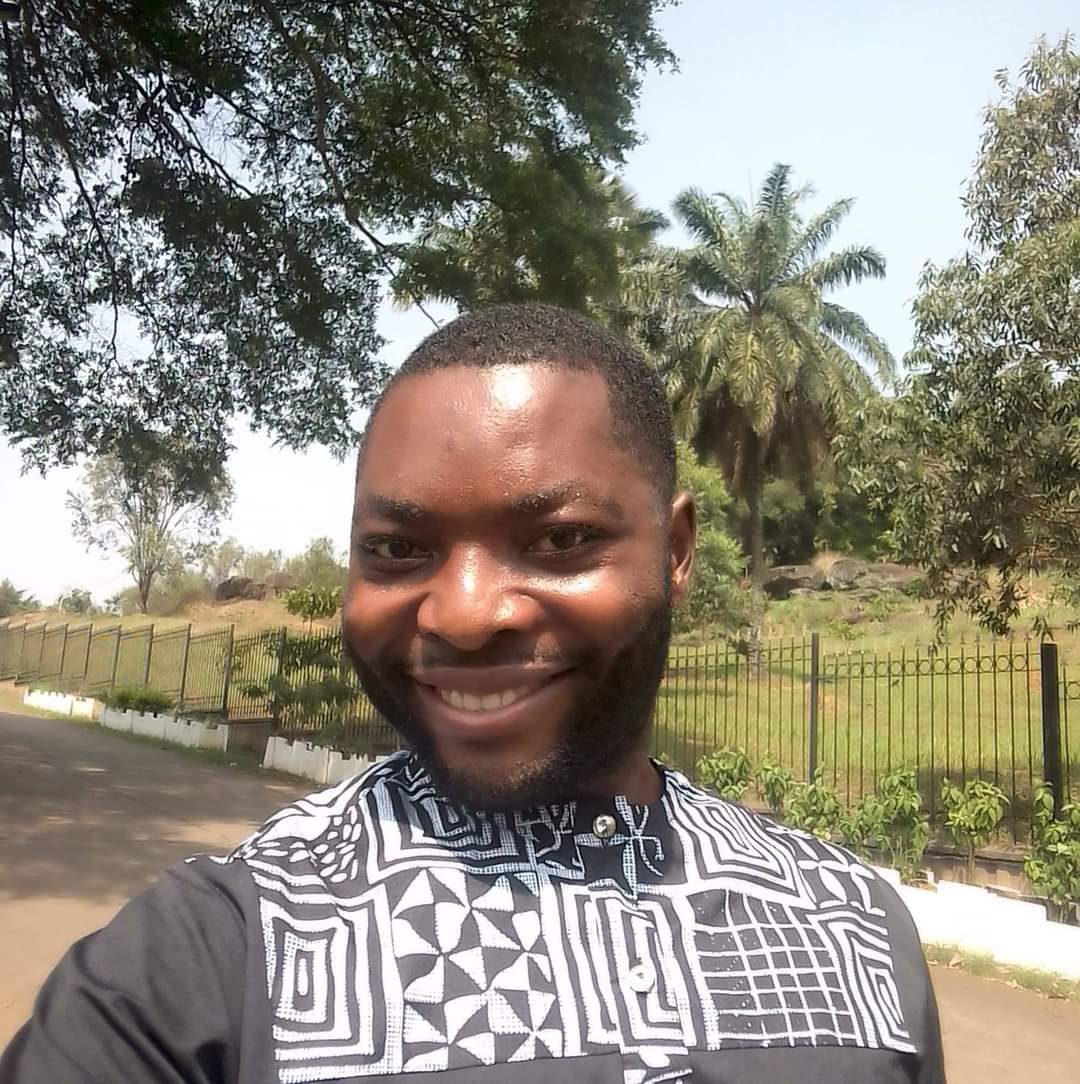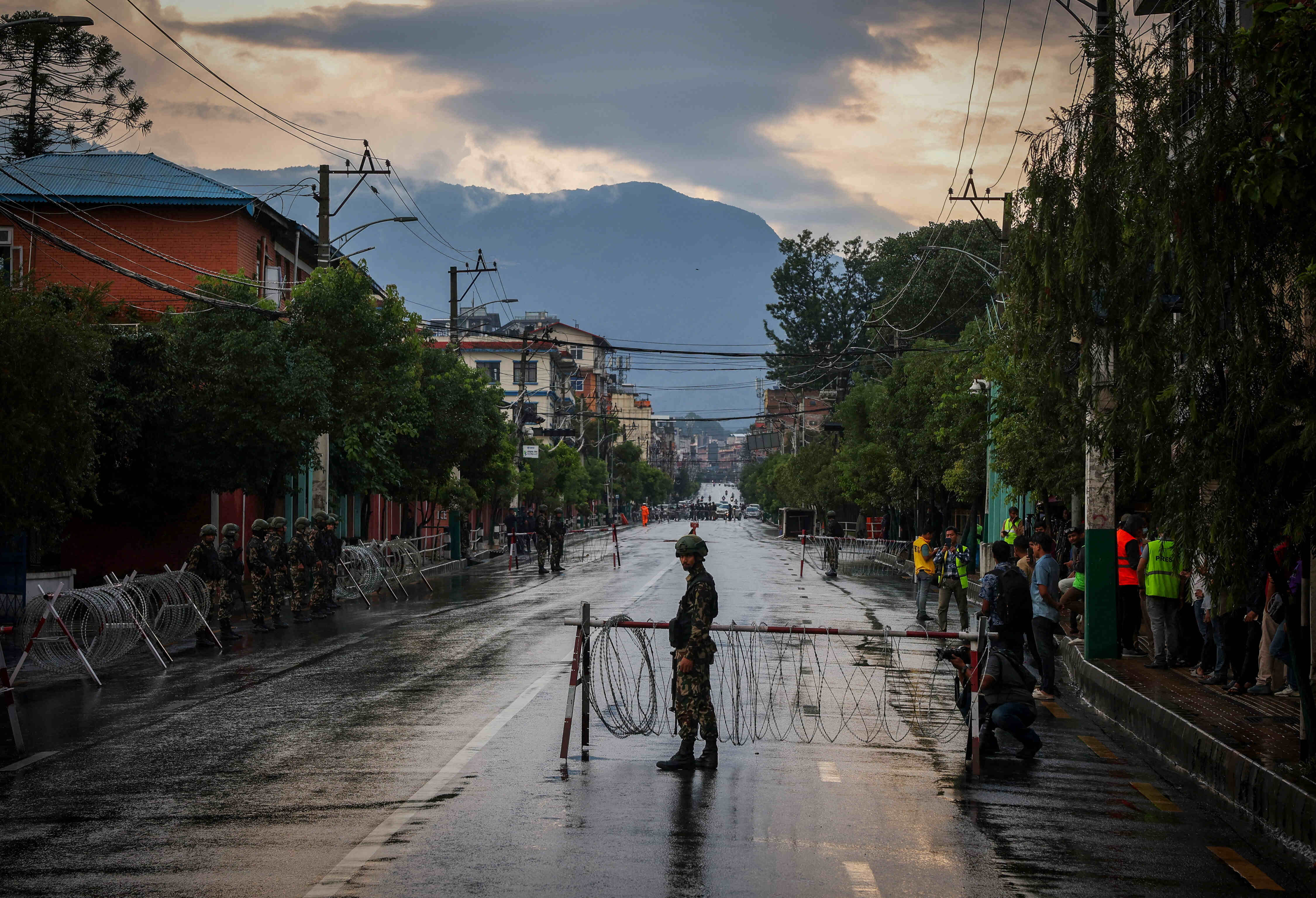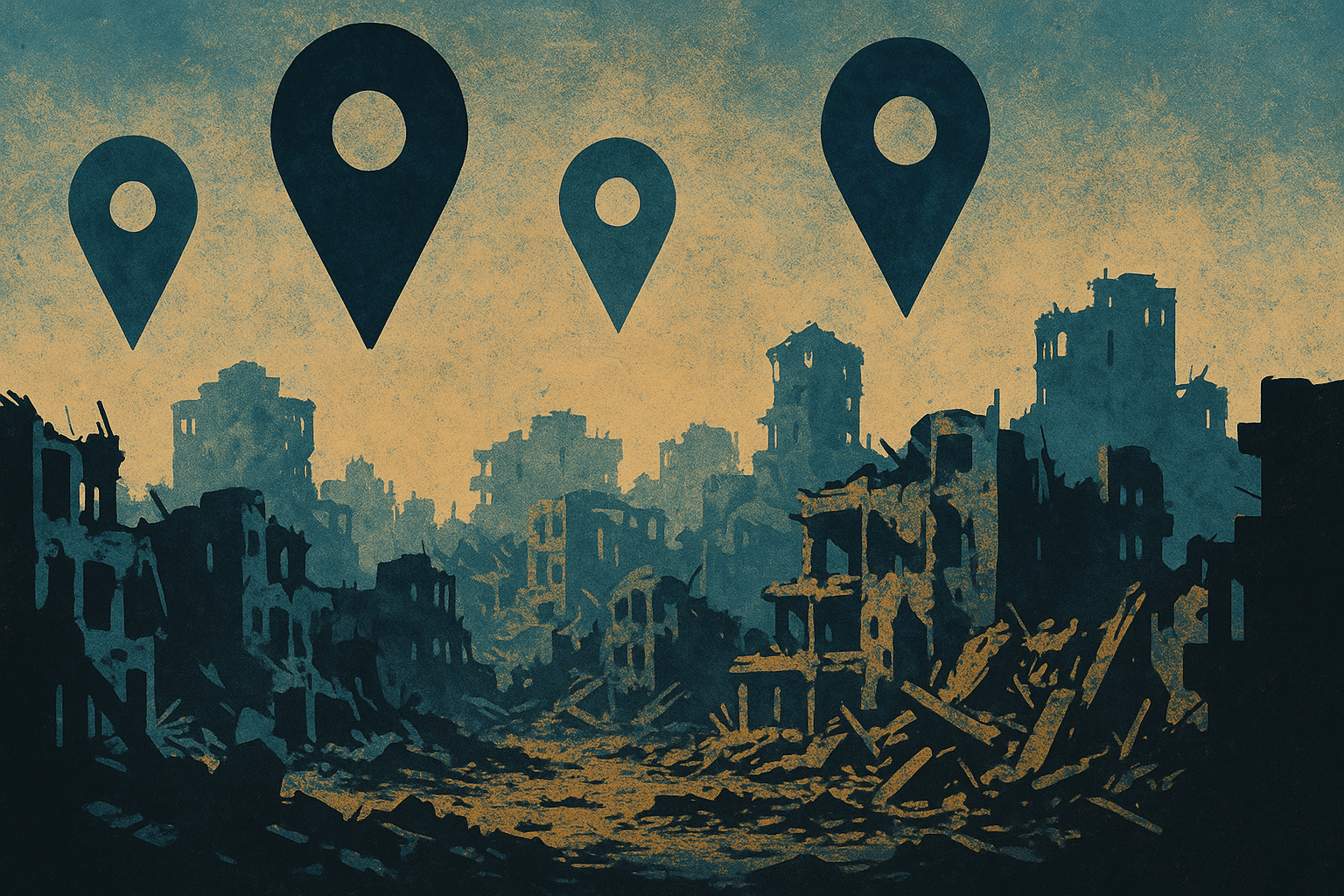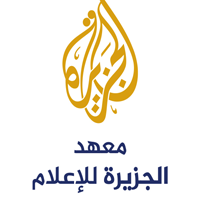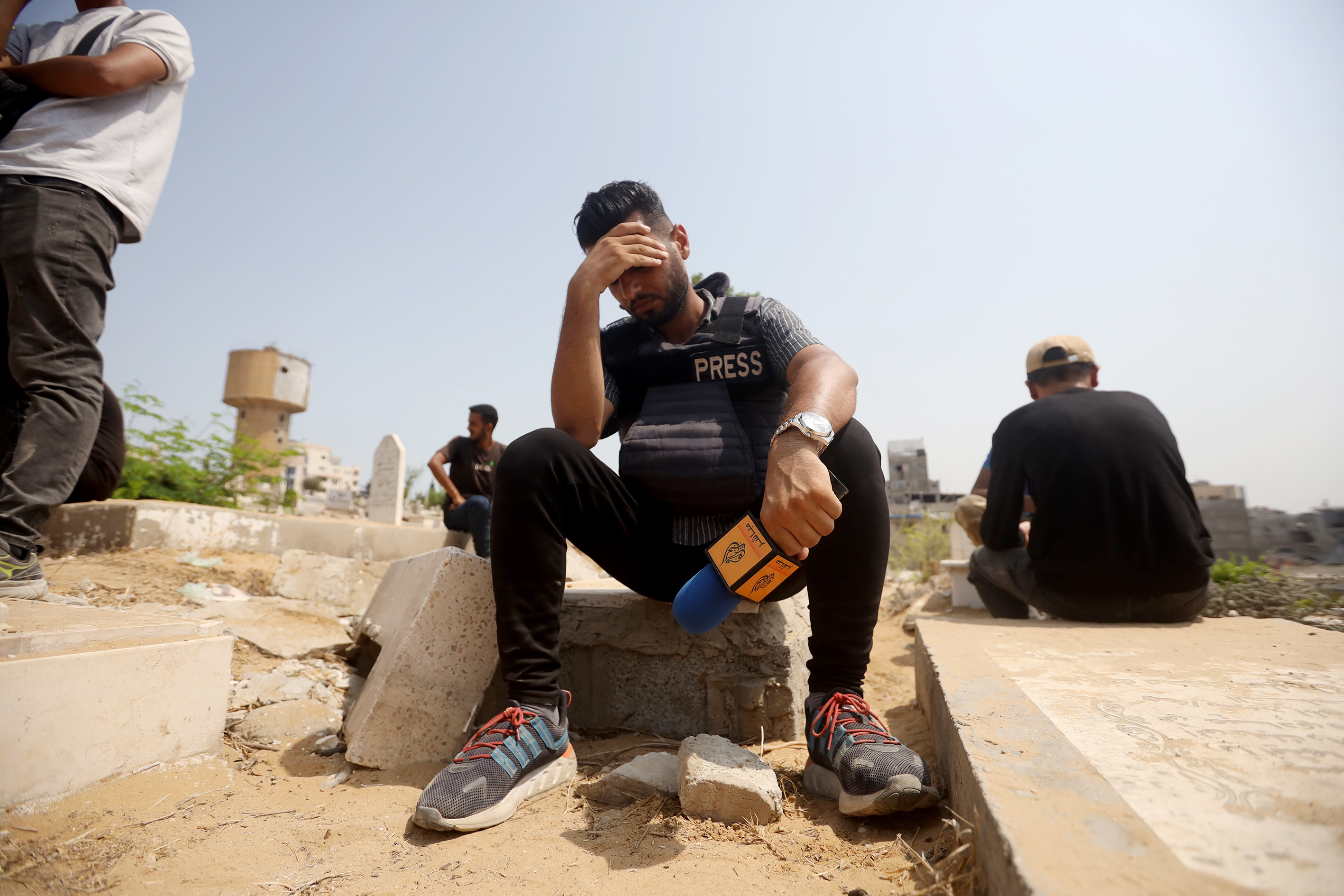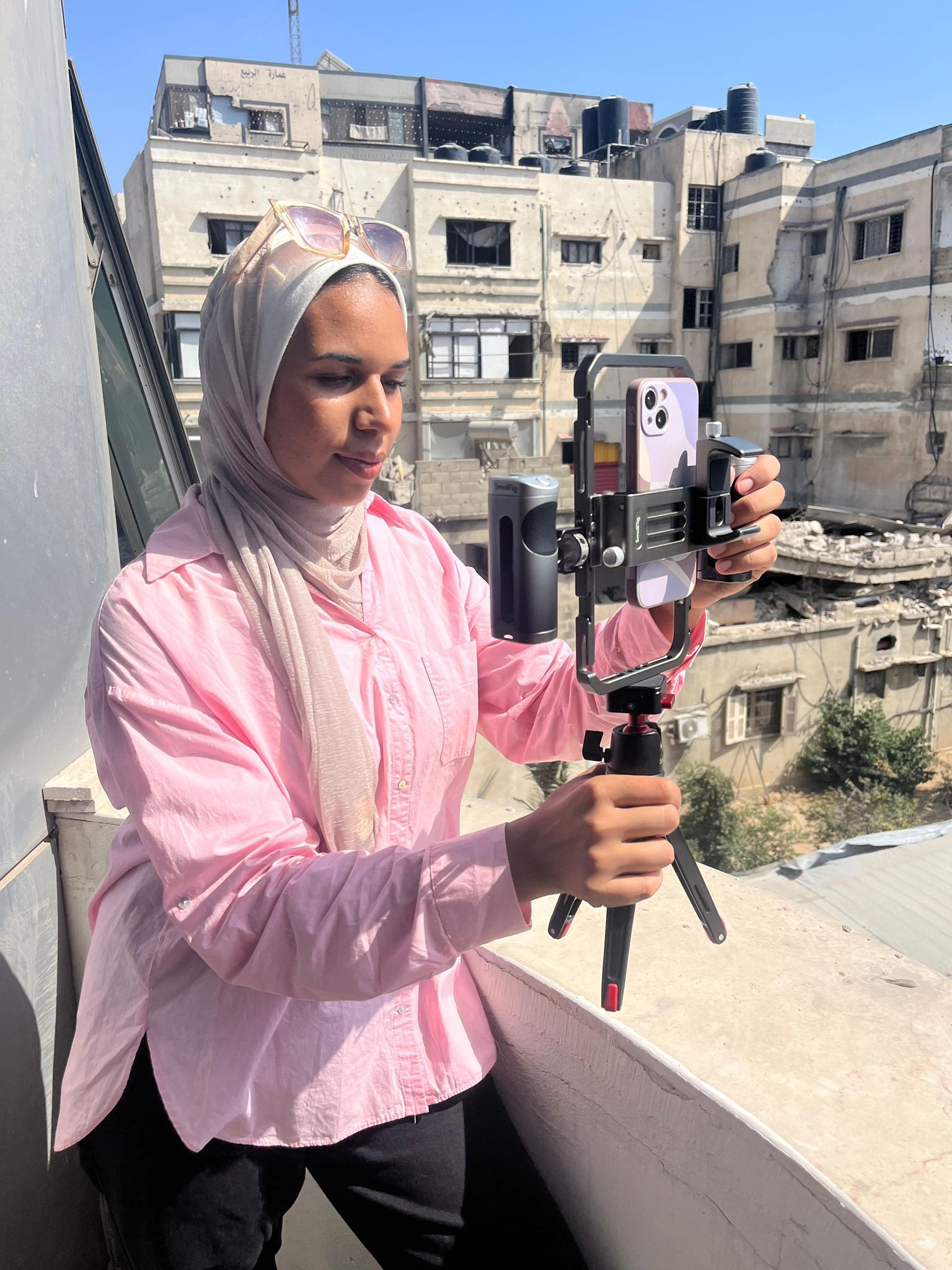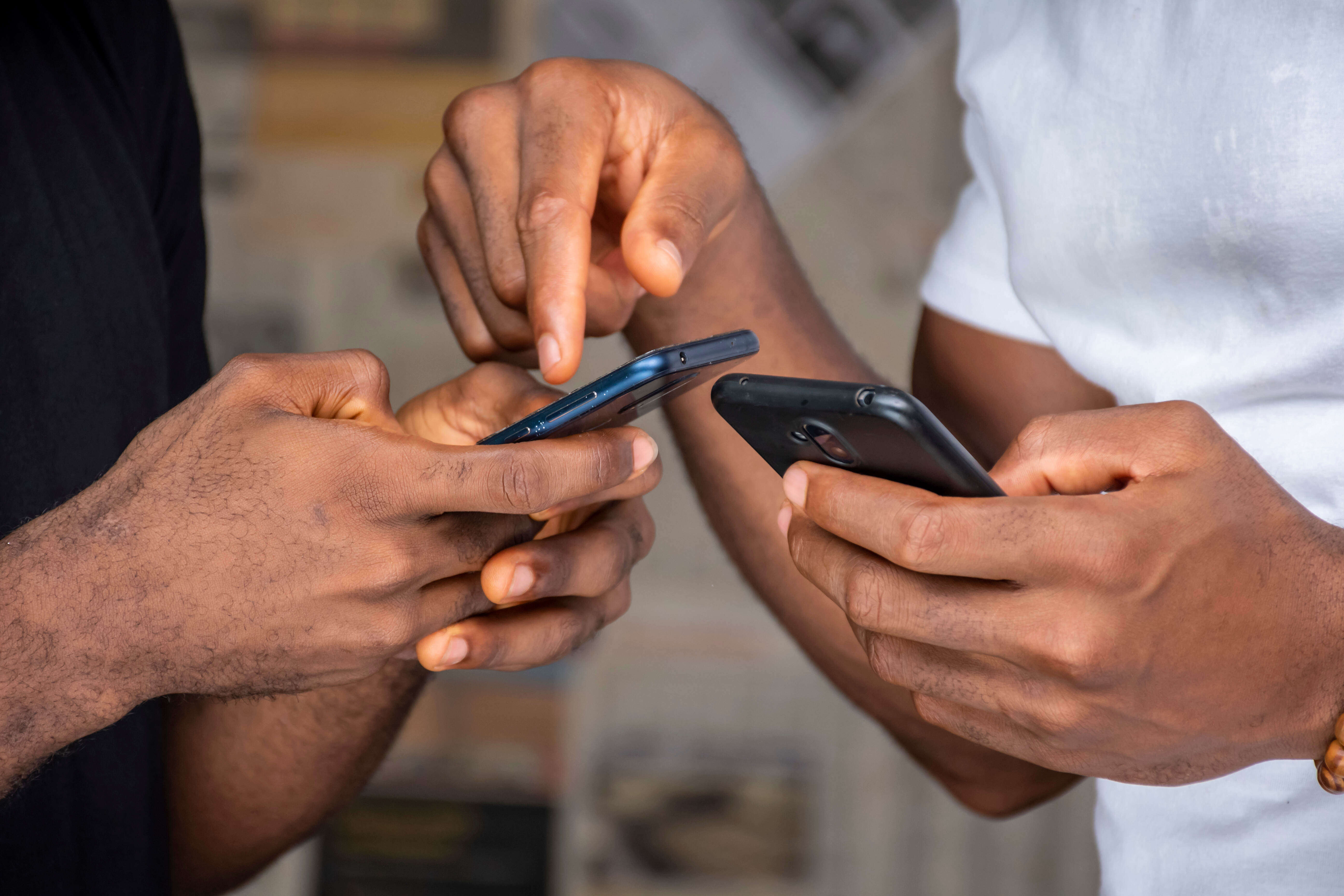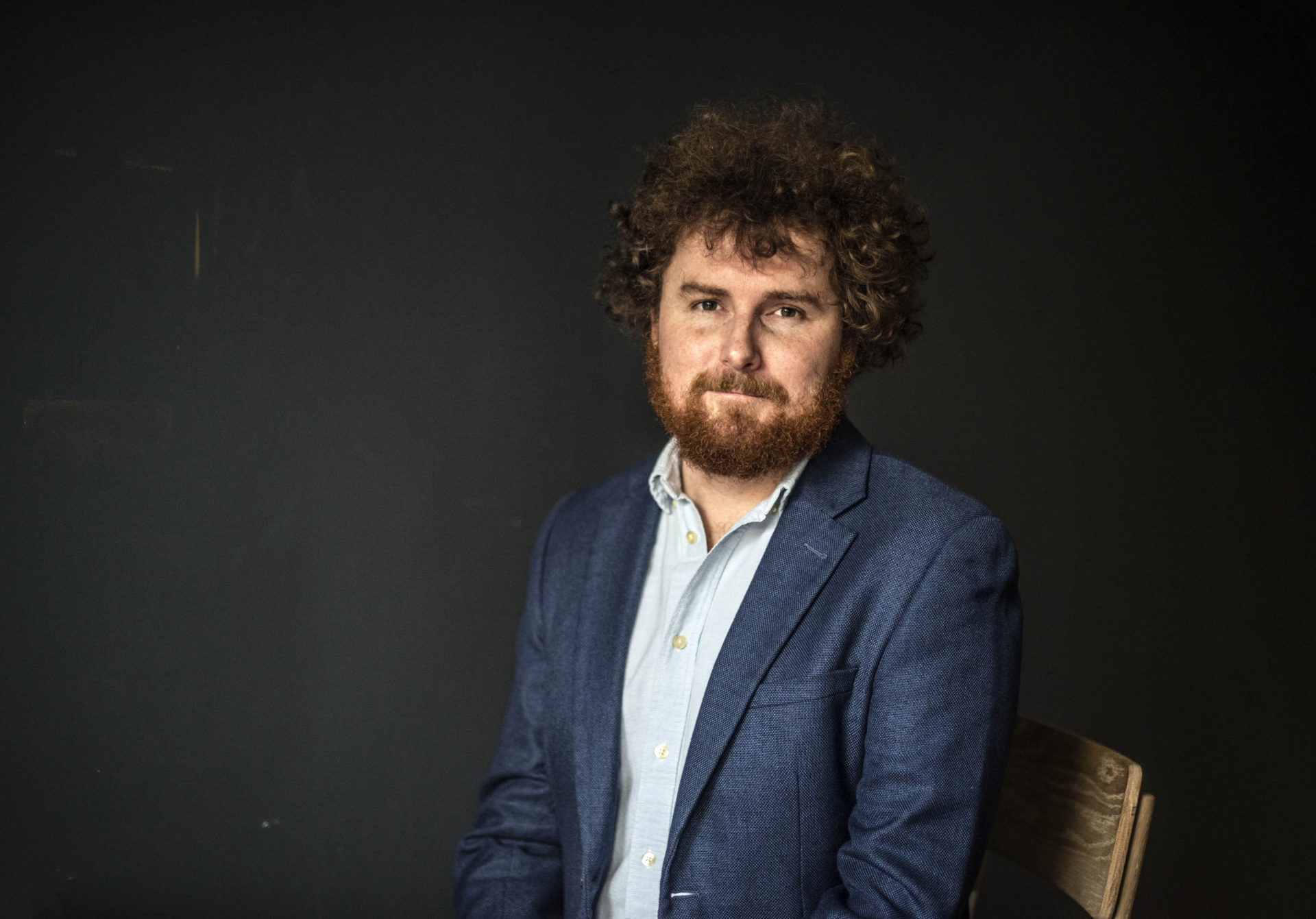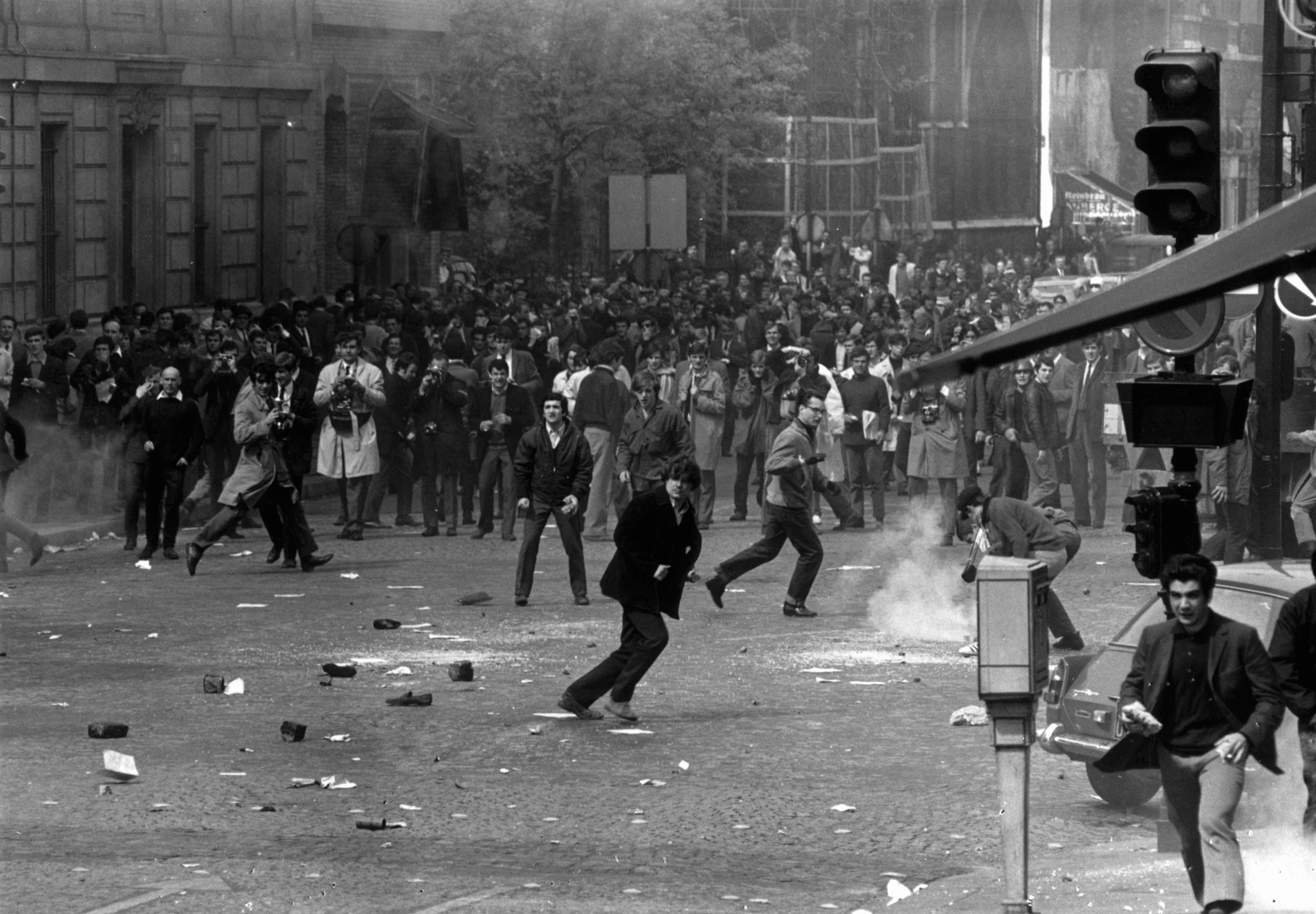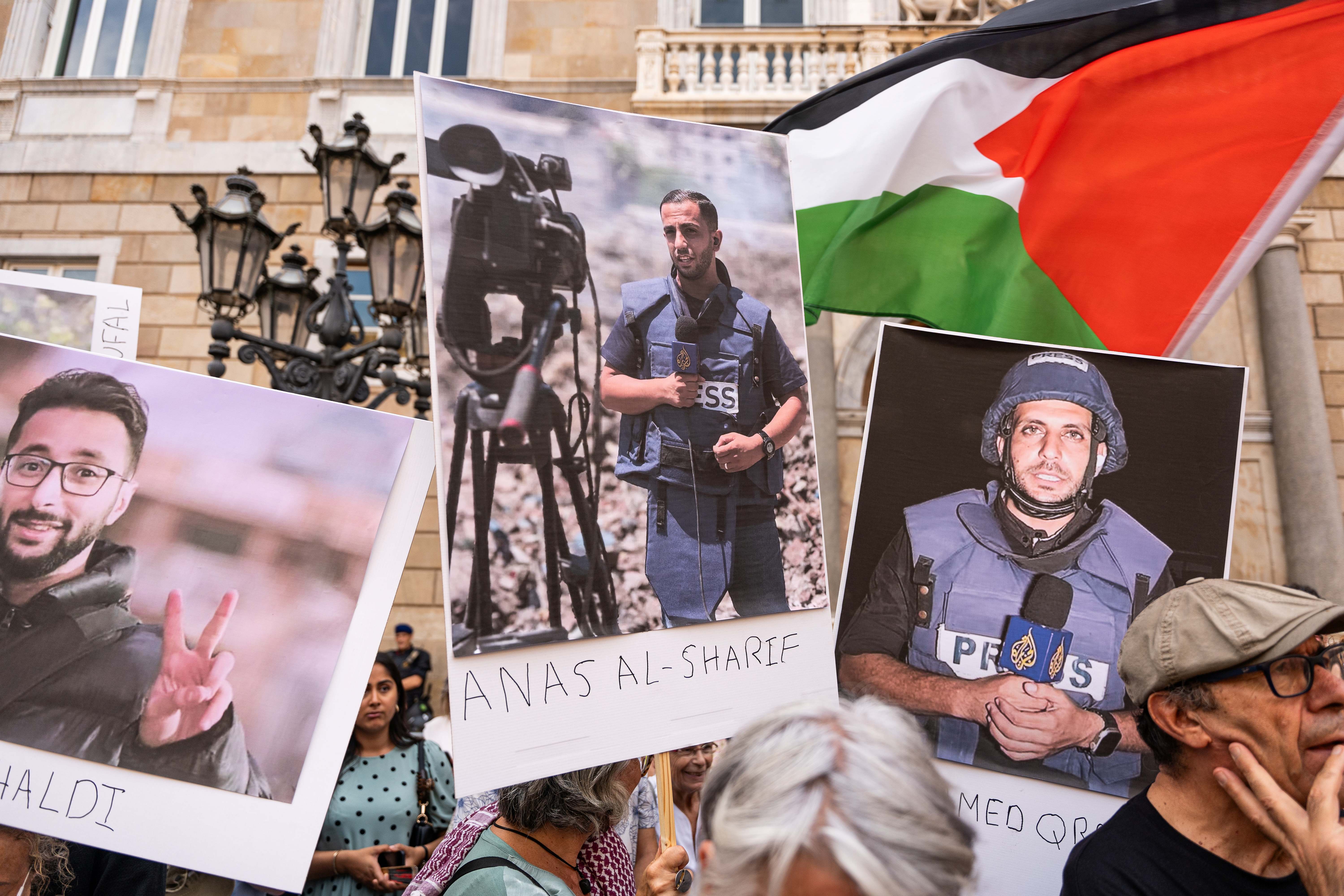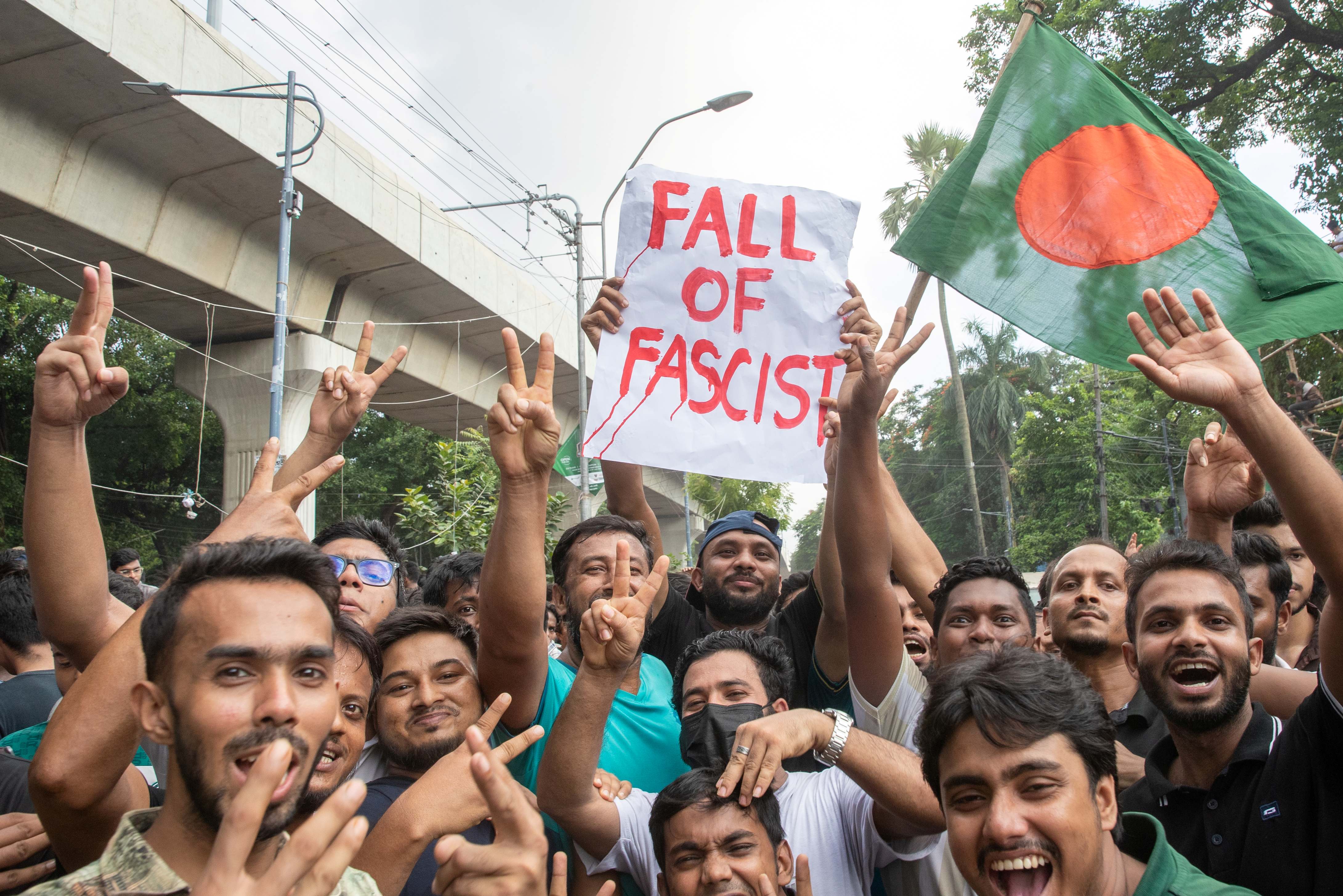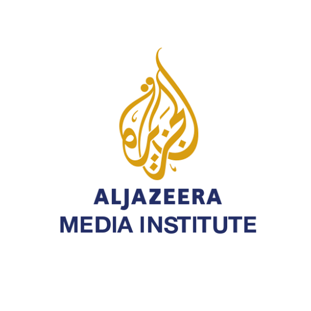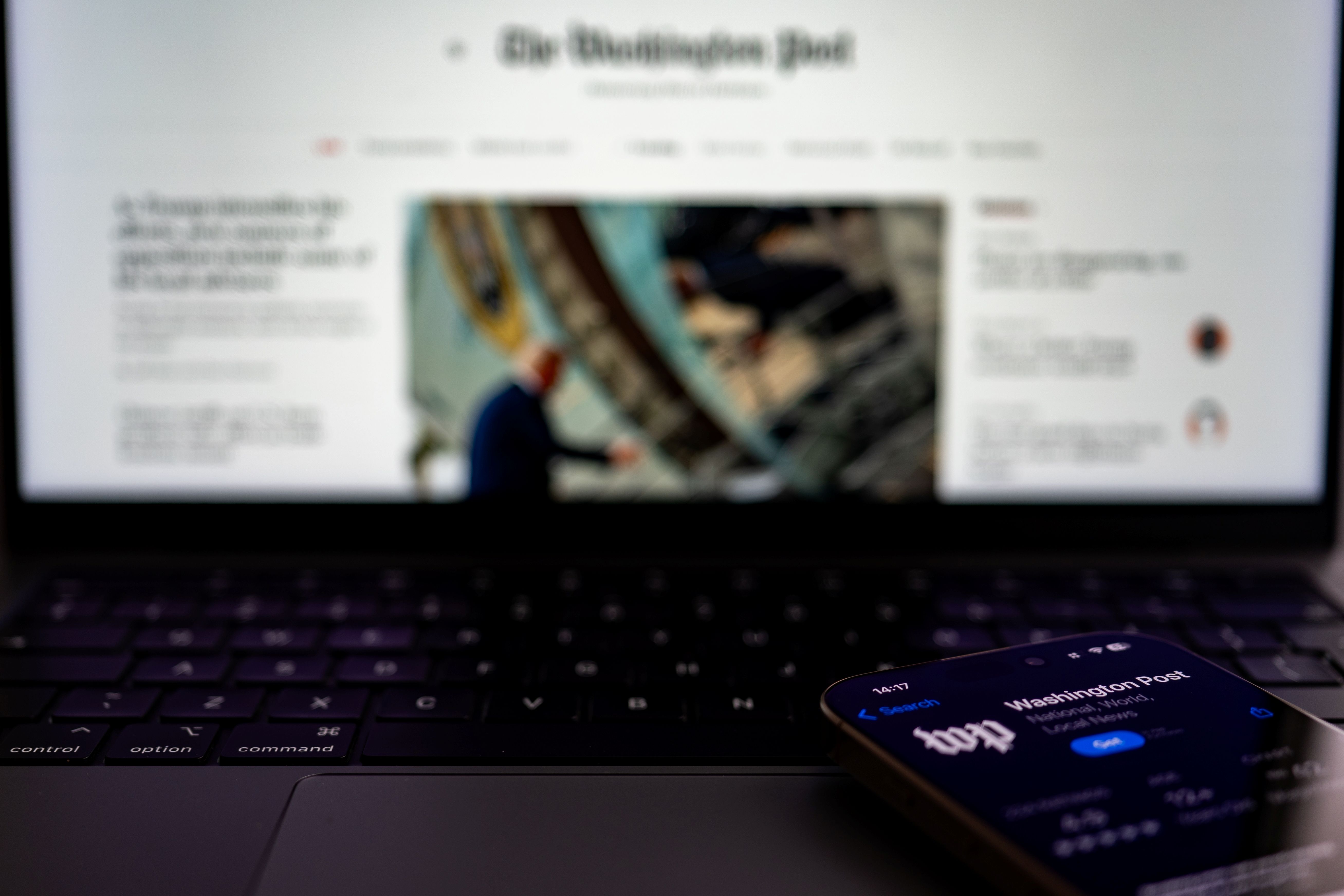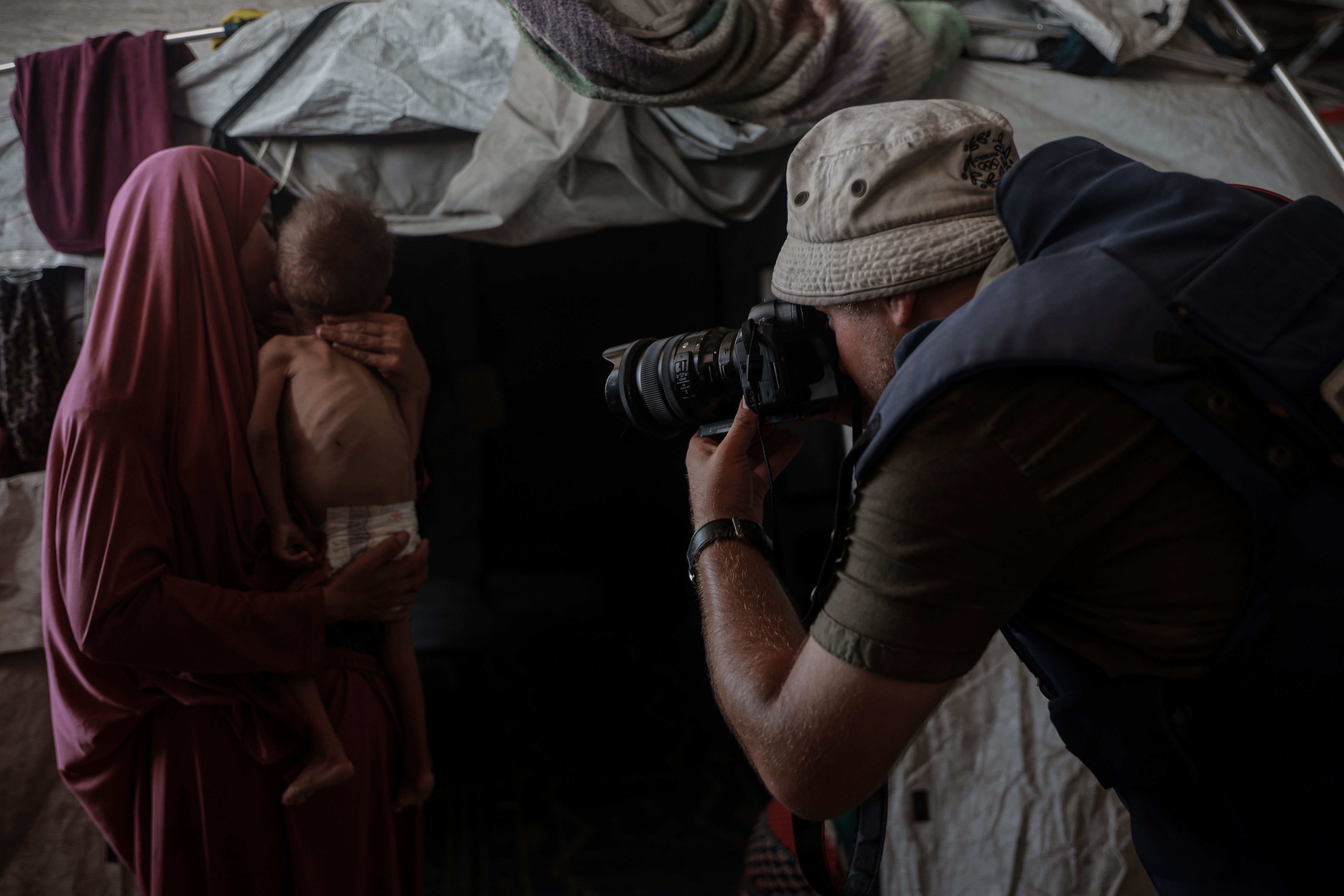* ترجم هذا المقال بالتعاون مع نيمان ريبورتس - جامعة هارفارد.
في العام 2016، حضرت مهرجاناً للتصوير، وهو أحد التجمعات السنوية للمصورين ومحرري الصور في العالم. صادفت محررة في منصة إعلامية كبرى، كنت قد تعرفت إليها قبل فترة وجيزة، وجلسنا معًا نتبادل أطراف الحديث. كان ذلك في فرنسا خلال شهر يوليو/تموز، ودرجة حرارة الجو تتجاوز 30 درجة مئوية.. سألتها بنبرة تلقائية لا تخلو من الجدية: لماذا لا توظف المؤسسة الإعلامية التي تعملين بها مزيداً من المصورات؟
أجفلت بعينيها لوهلة، ونظرت إليّ وقالت: "حسناً، كنت لأوظف مزيداً من النساء لو عرفت أين أجدهن". لم تكن تلك المرة الأولى ولا الأخيرة التي أسمع فيها محرر صور ينطق نفس هذه الكلمات تحديداً، لكنها لا تزال تدهشني كلما أسمعها.
عدت إلى غرفتي في تلك الليلة وفتحت ملف جداول بيانات على غوغل وبدأت تجميع أسماء المصورات الصحفيات اللواتي أعرفهن. أصبح هذا الملف نواة تكوين منظمة "وومان فوتوغراف" (Women Photograph) غير الربحية التي تسعى لتكون صوت النساء العاملات في الصحافة المصورة. تشمل قاعدة البيانات لدينا حالياً 1000 مصورة صحفية في أكثر من 100 دولة، وتعتبر مصدراً للتوظيف بالنسبة للمحررين وأرباب العمل.
قدمنا منحاً بما يعادل 120 ألف دولار لتمويل المشاريع الجديدة والقائمة. هذا بالإضافة إلى برنامج للإرشاد وورشة سنوية، وجمعنا بيانات عن أساليب التوظيف والنشر في مجال التصوير الصحفي. نعرف تقريباً، أن نسبة النساء بين المصورين الصحفيين تتراوح بين 15 إلى 20%. لكن تحديد الرقم الدقيق ليس سهلا، نظرا لعدم وجود توافق في مجال التصوير الصحفي يعيننا على تكوين نظرة شاملة عن أنواع الناس العاملين فيه.
لعل هذا الرقم التقريبي ناتج عن تقارير مؤسسة "وورلد برس فوتو" عن حالة الصناعة، التي سجلت بين عامي 2013 و2018 استجابات تراوحت نسبة النساء فيها بين 15 إلى 18%.
تؤكد بيانات منظمة "وومان فوتوغراف" هذه النسبة، واعتمدت في حسابها على عدد من المؤشرات لقياس التمثيل الجندري خلف العدسات في مجال التصوير الصحفي.
دأبت في كل يوم إثنين على تصفح عروض "صور الأسبوع" في تسع وسائل إعلامية كبرى تنشرها لجذب الزوار. وتهدف هذه العروض إلى تسليط الضوء على أهم أحداث الأسبوع وبعض الصور المؤثرة، وإبراز العمل الصحفي للمنصة.
واصلت فعل ذلك لعامين، أجمع فيهما النتائج كل أسبوع على تويتر للجمهور. في العام 2018 سجلت توصيفات 8665 صورة من الجزيرة، وأتلانتيك، والبي.بي.سي، وبلومبرغ، وبازفيد، والسي.أن.أن، والغارديان، ورويترز، وواشنطن بوست، أحصيت منها 1512 صورة -أي 17.4% منها فقط- لمصورات صحفيات.
وفي السنوات الثلاث الماضية، جمع فريق البيانات في منظمة "وومان فوتوغراف" كل صباح، توصيفات الصور الرئيسية في الصفحة الأولى لثماني صحف إخبارية أميركية وأوروبية هي: نيويورك تايمز، وواشنطن بوست، ووول ستريت جورنال، ولوس أنجلوس تايمز، وسان فرانسيسكو كرونيكل، والغارديان، وغلوب آند ميل، ولوموند. وفي العام 2017 بلغت نسبة الصور المنسوبة إلى مصورات صحفيات 13.4%، وفي 2018 ارتفعت هذه النسبة إلى 17.5%.
تطول قائمة الأسباب التي تجعل قلة عدد المصورات الصحفيات مشكلة حقيقية، لعل أبرزها هي قضية عدالة التوظيف. حين نرى أن غالبية الطلاب الجامعيين وطلاب الدراسات العليا في مجال التصوير الصحفي من الإناث، فلا شك أن هناك خللا في النظام يبعد كل هؤلاء المصورات عن المجال. والأهم من ذلك هو التأثير الذي يخلفه هذا الإقصاء على الجمهور الأوسع.
يصوغ المصورون الصحفيون نظرتنا للعالم، فهم يقدمون لنا شعوبا وأماكن لم تكن الفرصة لتسنح لنا لرؤيتها بأنفسنا، وهم يسمحون لنا برؤية ما يرونه هم. ورغم الفكرة الشائعة عن المصور الوثائقي بأنه محايد وموضوعي، فإن الحقيقة هي أن هوياتنا وتجاربنا المعاشة تؤثر على القصص التي نرويها تأثيراً عميقاً.
ينجذب المصورون على الدوام إلى توثيق قصص الأشخاص الذين يرون فيهم أنفسهم، سواء كان ذلك بحثاً عن راحة أكبر أو سهولة في الوصول، أو بحثاً عن قصص أناس يشبهونهم. وحين تكون نسبة 15 إلى 20% فقط من المصورين الصحفيين من النساء، يعني ذلك أن النساء سيجدن أنفسهن على الدوام خارج الخطاب السائد.
لا تبعث أي من الأرقام التي ذكرتها على الرضا، لكن من المهم أن نذكر في المقابل أن هناك بعض المؤسسات التي تحدّت الوضع السائد، وأن عجلة التغيير في هذا الصدد قد تحركت. ما زال هناك الكثير مما يتوجب إنجازه، لكن المهم أيضاً أن نحتفي بنماذج التقدم ونقتفي أثرها.
أستشعر على الدوام إحساساً مصطنعاً بالعجز في الحوارات التي تتناول أسباب انخفاض أعداد النساء العاملين في هذا المجال. من السهل إلقاء اللوم على الآخرين.. على وكالات الأنباء أو مشكلة التحيز الجنسي أو نقص المرشدين. لكن الحقيقة هي أن أي مؤسسة إعلامية إن تحلت برغبة في التغيير، فلا بد أن يعقب ذلك تحول ثقافي بداخلها.
في نهاية العام 2017، طلب رئيس تحرير الصور الدولية في "نيويورك تايمز" ديفد فروست من محرري الصور الدولية أن يراعوا المساواة الجندرية في تعييناتهم لطاقم العمل أو تكليفات المصورين المستقلين. وفي أبريل/نيسان 2018 وصلوا إلى عتبة المساواة الجندرية في تكليفاتهم في قسم التقارير الدولية، ولم يتراجعوا عنها منذ ذلك الحين.
يقول فروست: "كان الأمر شاقاً وتطلب الكثير من العمل.. بذلنا الكثير لإعادة تكييف طرق عملنا لتحقيق ذلك، وللاعتراف بوجود خلل. لكني أردت أن أصل بالصحيفة إلى مستوى المساواة الجندرية في العمل الصحفي، لأنها تعين على تقديم صورة صحفية أدق عن العالم".
أما بالنسبة لصحيفة "سان فرانسيسكو كرونيكل" التي تتفاخر بطاقم التصوير المتنوع لديها (6 من مصوريها الـ10 إناث، و7 منهم ملونو البشرة)، فقد كان طريقها إلى تحقيق هذه النسب سلسا ومنهجيا.
تقول مديرة التصوير في الصحيفة نيكول فروغي "في الوقت الذي عانى فيه قطاع الأنباء المحلية لدينا ولم نتواصل مع القراء بالشكل الأنسب، لجأنا إلى هذه الطريقة البسيطة والسلسة لتمثيل المجتمع والتواصل مع الناس الذين نحاول الوصول إليهم.. كان ذلك فعلاً أنانياً نوعاً ما. كيف نبني فريقاً أفضل؟ الإجابة كانت بأن نبني فريقاً أكثر تنوعاً".
في العام 2018، زادت نسبة الصور المنشورة في الصفحة الأولى من "سان فرانسيسكو كرونيكل" لمصورات صحفيات، ربعاً تلو آخر، فقد بلغت في الربع الأول من العام 25.6% ثم وصلت إلى 37.4% في الربع الثاني، لتتجاوز 43% في الربع الثالث، وأخيراً وصلت إلى 56.5% في الربع الأخير. في المقابل لم تتمكن أي من صحف "وول ستريت جورنال" أو "الغارديان" أو "لوموند" من كسر حاجز الـ10%.
تقول فروغي "كانت لدينا نساء كثيرات في طاقم العمل، لكن الأرقام في بداية العام 2018 لم تعكس تنوع طاقم العمل. أرادت محررة التكليفات أليكس واشبرن إحداث هذا التغيير ليظهر طبيعة منظمتنا، وقدمت لها الدعم قدر استطاعتي وساعدتها في البحث حتى نوسع من دائرة موظفينا". يستعين مكتب الصور لدينا على الدوام بمصادر مثل "أوثوريتي كولكتيف" (Authority Collective) وديفرسيتي فوتو" (Diversify Photo) و"وومن فوتوغراف" (Women Photograph) لتوظيف مصورين جدد، والاستمرار في إضافة أصوات جديدة إلى قوائمنا.
لكن للإنصاف، فإن سبب انخفاض هذه الأرقام لدى "وول ستريت جورنال" و"الغارديان" و"لوموند"، هو أنها صحف تعتمد على خدمات وكالات الأنباء للحصول على الصور، مما يأخذنا إلى وكالة أنباء "بلومبرغ" التي رغم أنها لا تمتلك نفس النفوذ الفوتوغرافي لوكالات مثل "رويترز" أو "أسوشيتد برس" أو "غيتي"، نظراً لتركيزها على الاقتصاد، فإنها تبذل ما في وسعها لتغيير هذه النسب.
وإذا نظرنا إلى عروض "صور الأسبوع" في الأشهر الستة الأولى من عام 2019، نجد أن 8.7% من الصور في وكالة أسوشيتد برس منسوبة لمصورات، وبلغت هذه النسبة 16% لدى رويترز. أما في بلومبرغ فقد وصلت إلى 48.7%. هناك فرق جوهري لدى بلومبرغ وهو أن لديها مصوراً ثابتاً واحداً، وتعتمد في بقية عملها على المصورين المستقلين، مما يسهل عليها تغيير قوائمها بالكامل. وليس الحال كذلك بالنسبة لرويترز أو أسوشيتد برس اللتين توظفان مئات من المصورين في طواقمهما حول العالم. لكن لا يعني هذا أنه ليس بوسعهما محاولة التغيير، سواء في التعيينات الجديدة أو في تكليفاتهم اليومية للمصورين المستقلين.
وقالت لورين إيستون المديرة الدولية للعلاقات الإعلامية في أسوشيتد برس في معرض تعليقها على الجهود التي تبذلها الوكالة لتحقيق المساواة: " نبذل بالفعل جهدنا لتكليف مصورات صحفيات مستقلات أو صحفيات محليات، ونحن ملتزمون بمنح النساء في قسم التصوير لدينا كل الفرص الممكنة للنمو والتقدم. ورغم وجود تحسن ملحوظ، فإن هناك الكثير من العمل الذي يتوجب إنجازه".
وكشف ريكي روجرز رئيس تحرير الصور الدولية في رويترز أن نسبة تتراوح بين 8 إلى 9% فقط من التكليفات في الوكالة منحت لمصورات صحفيات خلال العام 2018، لكن هدف المؤسسة -الذي تكاد تبلغه- هو أن تصل إلى نسبة 20% مع نهاية العام 2019. هذا بالإضافة إلى أن نسبة 25% من طاقم التصوير والمصورين المتعاقدين في رويترز حالياً، من النساء.
ورفضت أسوشيتد برس التعليق على أرقام معينة تخص مصوريها أو تكليفاتها. كما لم تستجب غيتي على طلب مشاركة بيانات الوكالة حول التوظيف والتكليفات، لكن ليس لديها مصورات صحفيات بدوام كامل في طاقمها (رعت غيتي منحة بمقدار 10 آلاف دولار من مؤسسة "وومان فوتوغراف" عامي 2018 و2019).
تقول فرح شولمان رئيسة فريق الإعلام البصري في الأميركيتين بوكالة بلومبرغ: "كانت صور الأسبوع منصة رائعة لتقييم جهودنا في هذا المضمار. وإذا كان تحقيق نسب أفضل أصعب في كل أسبوع، فذلك يعني أننا لم نوظف ما يكفي من النساء لهذا العمل، الأمر الذي يدفعنا لبذل المزيد من الجهد الواعي".
وعلى غرار "نيويورك تايمز"، يقول غراهام موريسون رئيس تحرير الإعلام البصري على مستوى العالم في بلومبرغ إن التغيير الأكثر سلاسة في أي منظمة يأتي من الأعلى إلى الأسفل. يقول "يجب أن نسعى جميعاً إلى نفس الهدف المشترك، حيث يتحمل المديرون المسؤولية، ويدار نقاش على مستوى المؤسسة حول ضرورة توسيع مشاركة النساء المساهمات في صناعة الأخبار واللواتي يظهرن في الأخبار. يهمنا أن نعرف من يكلف ومن يعد التقرير ومن يحرر ومن يشكل الأخبار ومن الذي تتناوله هذه الأخبار".
ليس هناك حل واحد لإشكالية التفاوت الجندري الحاد في مجال التصوير الصحفي. اختارت كل منظمة من هذه المنظمات أن تسلك طريقها الخاص في التوظيف والتكليف لدفع عجلة التغيير قدماً إلى الأمام.
من السهل استكشاف وعرض كل الطرق التي تجعل من الكفاح لأجل المساواة الجندرية جهداً عبثياً. لكني أرغب في أن ننظر إلى مجال التصوير الصحفي باعتباره فرصة. لا نأمل تغيير تشكيل المحكمة العليا أو الكونغرس بين ليلة وضحاها، أو أن نصل إلى المساواة الجندرية في مجالس إدارة الشركات وقوات الشرطة. مثل هذا التغيير الشامل يتطلب سنوات من العمل الدؤوب. أما تغيير طريقة نظرنا للأشياء، وإعادة تكوين المؤسسات المسؤولة عن سرد قصص البشر، وتقديم أشخاص جدد وأماكن جديدة وأفكار جديدة لجمهورنا، فيمكننا نظرياً فعل ذلك بين ليلة وضحاها، ويجب علينا ذلك.
تقول فروغي "لا أعتقد أن الناس يجب أن يحجموا عن فعل شيء ما، فقط لأنهم لا يستطيعون إصلاح الأمر كاملا. على المزيد منا أن يشرعوا في المحاولة، سواء عبر المبادرة باختيار الموظفين الجدد وعدم انتظار المتقدمين، أو النظر في قائمة المصورين المستقلين لديك.. ابدأ بأكثر ما يتطلبه التغيير لديك وابنِ على هذا الجهد، خطوة بخطوة وشبراً بشبر.. أعتقد بالتأكيد أن عبء التغيير يقع على بعض الناس أكثر من سواهم، لكن يجب علينا جميعاً أن نحاول في كل الأحوال".

